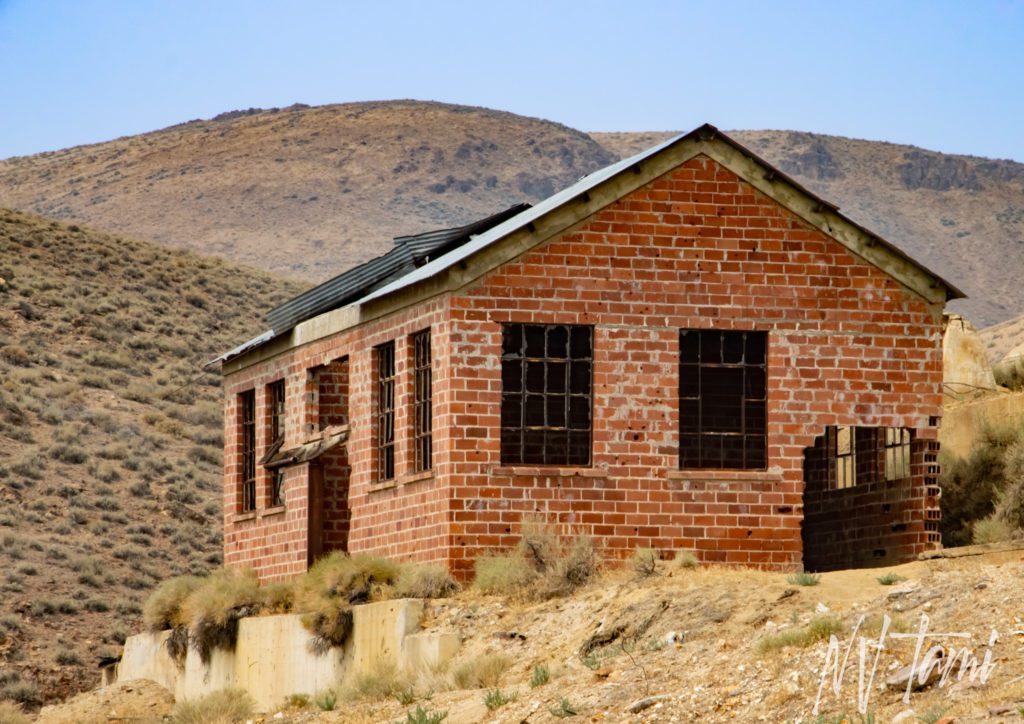
Tunnel Camp is one of the best ghost towns in Northern Nevada. Despite the mining camp’s short life, it has endured and is a favorite trip for ghost towners.
Nevada State Mining Company built Tunnel Camp in 1927 to house workers at a cyanide mill. Multiple structures remain, including a brick office, stamp mill, and houses. A nearby cemetery holds the remains of those who died in a tragic flash flood in nearby Mazuma.
Ghost Town Scouting
In August, Stan Paher, author of Nevada Ghost Towns and Mining Camps, invited me on a scouting trip for a ghost town class he teaches at a local college. It was a fantastic fifteen-hour day led by Stan with author Jerry Aaron as our trail guide.
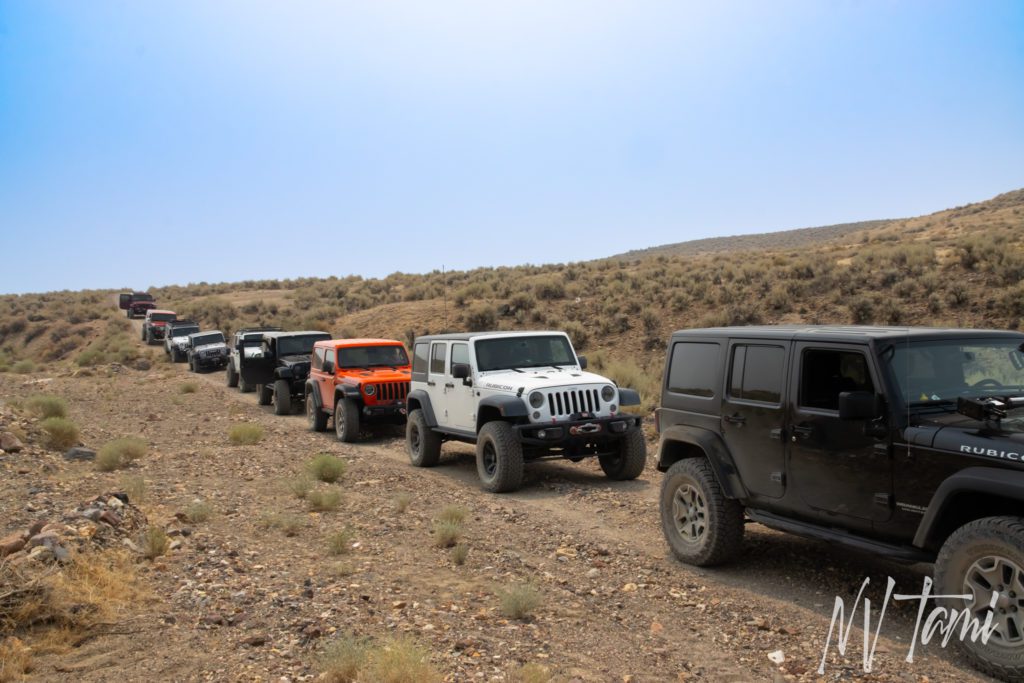
Eleven modified Rubicons make for a fun trip! Adhearing to Stan’s tight schedule, we didn’t have much time at each site. Neverless, we saw many incredible ghost towns: Seven Troughs, Tunnel Camp, Mazuma, Rochester, Unionville, and Star City. Our bonus stop was an airmail arrow by Oreana.

In the 1920s, concrete arrows were constructed to improve airmail safety and delivery time
The Water Curse
Water is crucial in mining as it is required in processing ore. Mines often go to extensive lengths to secure access to water.

What may come as a surprise is that in a desert, excess water is often an issue. While there may be no surface water, below the earth is another story. Mine shafts filled with water, making them inaccessible to miners. Despite pumps alleviating some of the issues, they often could not keep up with the flow rates.
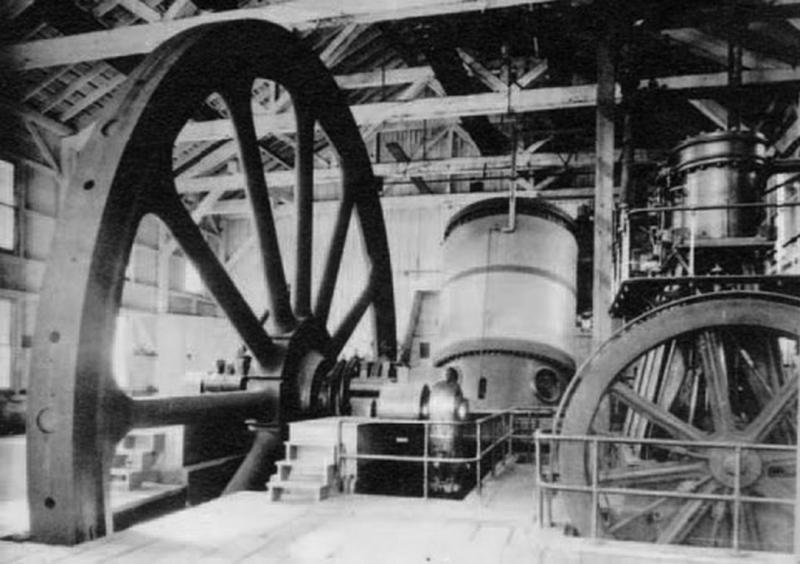
Cornish Pump in Virginia City used to remove water from mine shafts
(Photo credit: WNHPC)
The Seven Troughs mining district was worked in the early 1900s by companies including Seven Troughs Mining Company. Water seepage issues plagued the mines. Companies attempted to mitigate, but water continued to rise, closing the mines.
Tunnel Camp
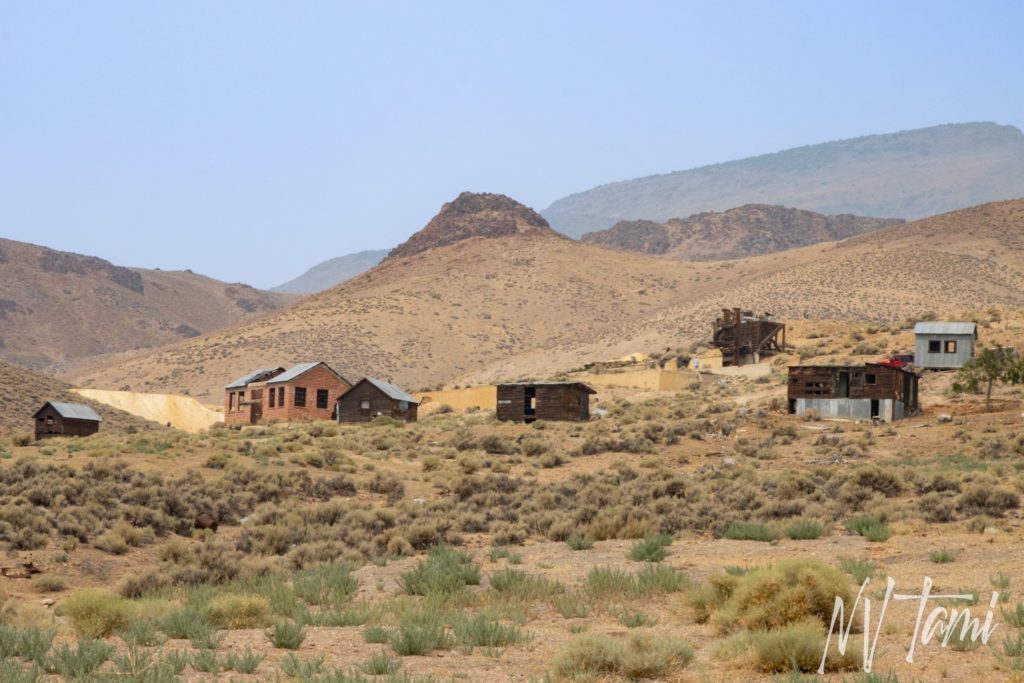
Nevada State Mining Company built Tunnel Camp in 1927. A company town was not designed to be free-standing but rather to support the company’s workers. Most, if not all, amenities were owned and operated by the founding company.
Tunnel Camp is also known as New Seven Troughs which has resulted in confusion between the two ghost towns.
No great thought went into naming the establishment; it was simply a camp to support workers building a tunnel. The name stuck, and the tunnel camp became known as Tunnel Camp.
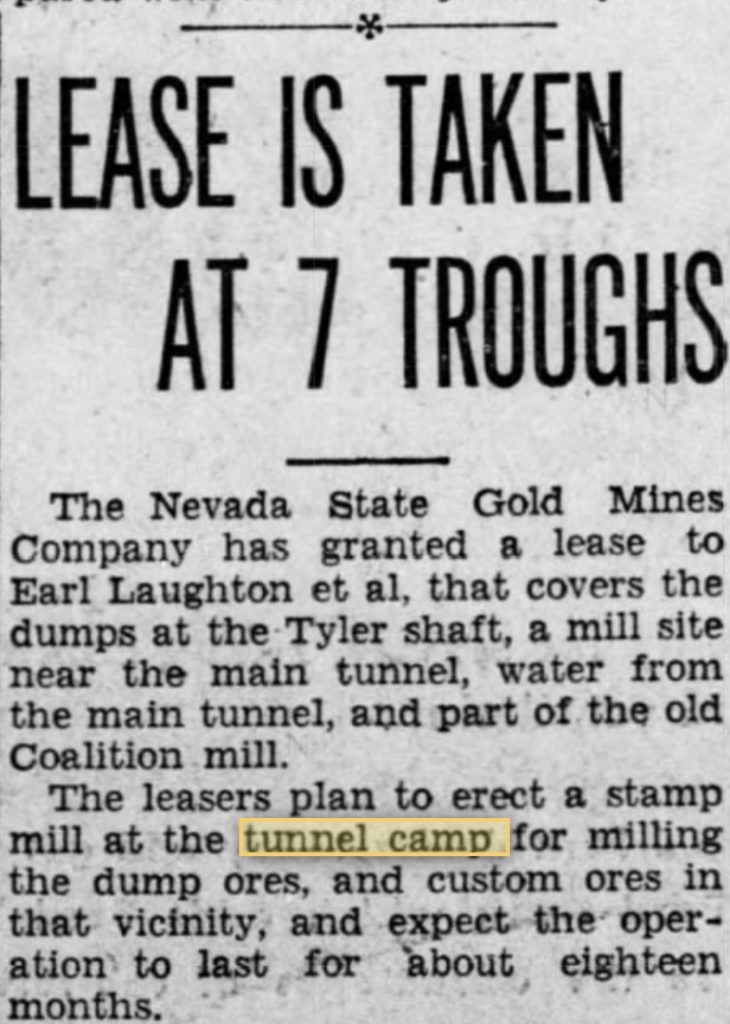
Tunnel Camp grew to include thirty structures, including stores, a brick mine office, bunkhouses, bathhouses, powerhouses, and homes for the superintendents and higher-level employees. Many of the structures in the new town were relocated from nearby Vernon. Additionally, trees were planted, watered with drainage from the tunnel.
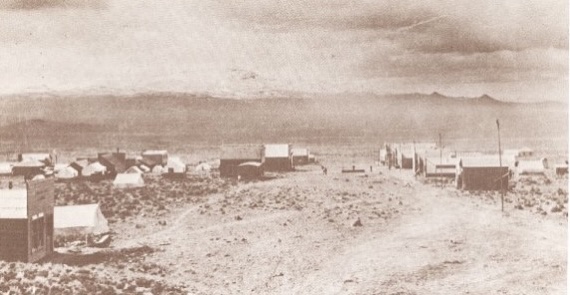
Vernon
(Photo credit: Forgotten Nevada)
Because Tunnel Camp had no post office, mail was processed in either Seven Troughs or Mazuma. Similarly, the town had no newspaper but relied on Mazuma Herald, Mazuma World, Seven Troughs Miner, and Seven Troughs District News.
Deep Tunnel
Nevada State Mining Company sought to address the previous drainage issues by driving a tunnel into the mountain. At 11,900′, “Deep Tunnel” was planned to drain the Coalition, Fairview, and Mazuma Hills shafts. Additionally, the tunnel would also result in more accessible ore transportation.

(Photo credit: Forgotten Nevada)
The 100-ton cyanide Freidman Mill was completed in the summer of 1930. Two additional mills operated in Tunnel Camp. A five-stamp mill remains today, and the Causten Mill, which could process a ton of ore an hour.
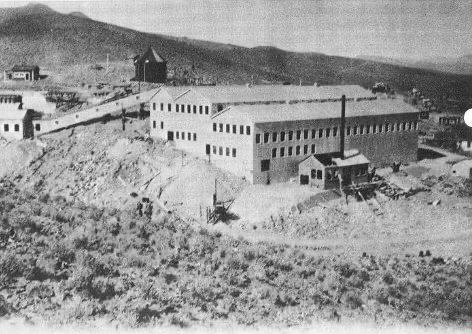
(Photo credit: Forgotten Nevada)
Deep Tunnel was not quickly completed. The planned tunnel was over two miles long, but water hampered efforts, and the damp ground made progress costly. By March 1929, Deep Tunnel had progressed only 7,200′. An engineering miscalculation was discovered after an additional 300′, resulting in the tunnel being off course. After regressing several hundred feet, miners recalculated the tunnel course. However, the angle of Deep Tunnel was again incorrect, resulting in missing the targeted mine shaft.
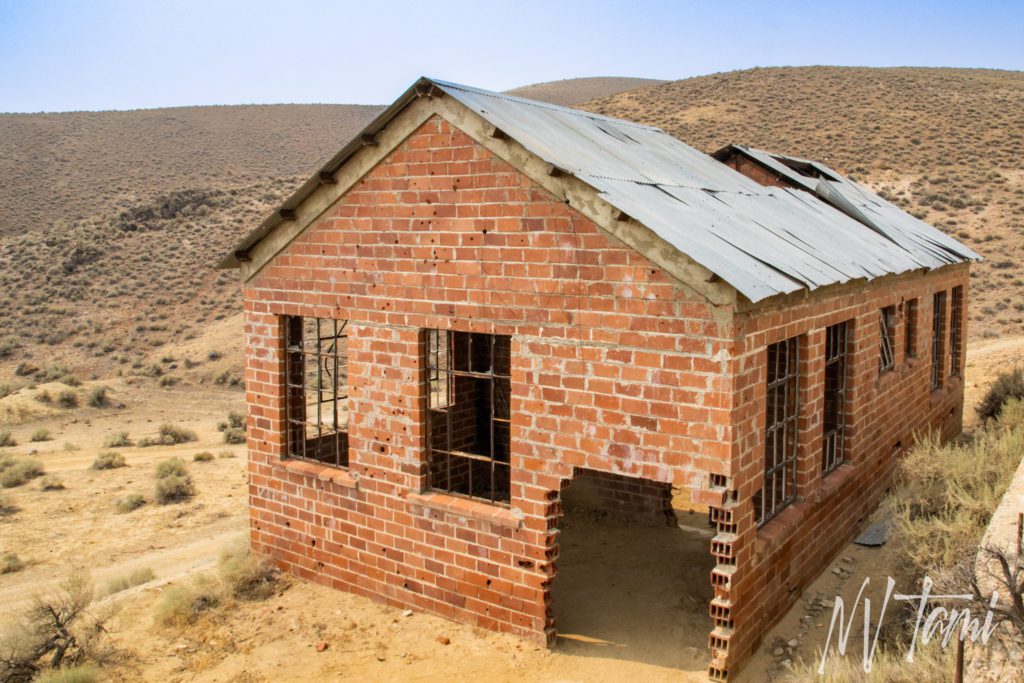
Nevada state engineer Hugh Shamberger called Deep Tunnel a “promotional venture,” meaning Deep Tunnel owners expected their profit from investors, not the tunnel itself. He stated the U.S.G.S. surveys described Deep Tunnel as “an impossible undertaking to construct a gravity drainage tunnel which would reach the lower depths of that mine.” Deep Tunnel never reached the depth of the mine shafts, and work on the tunnel halted in 1937.
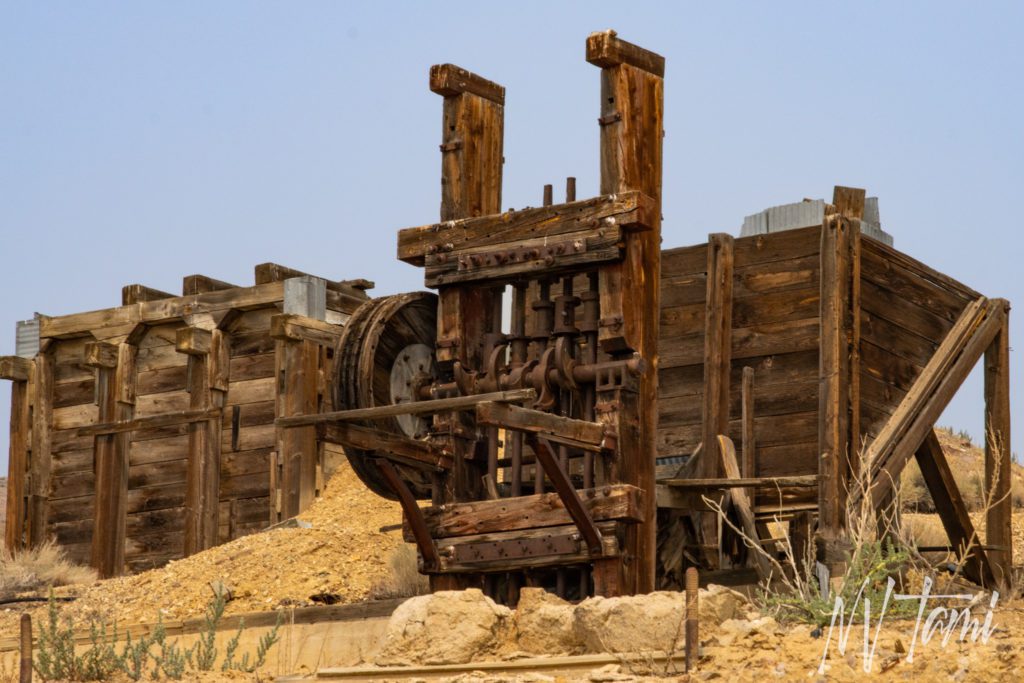
Two years after processing the first ore in 1932, Freidman died at his ranch outside Lovelock. Charles Lithicum, Lester Munk, and Edward Mann leased Freidman’s mill. The mill continued to operate until its lease expired on December 32, 1934.
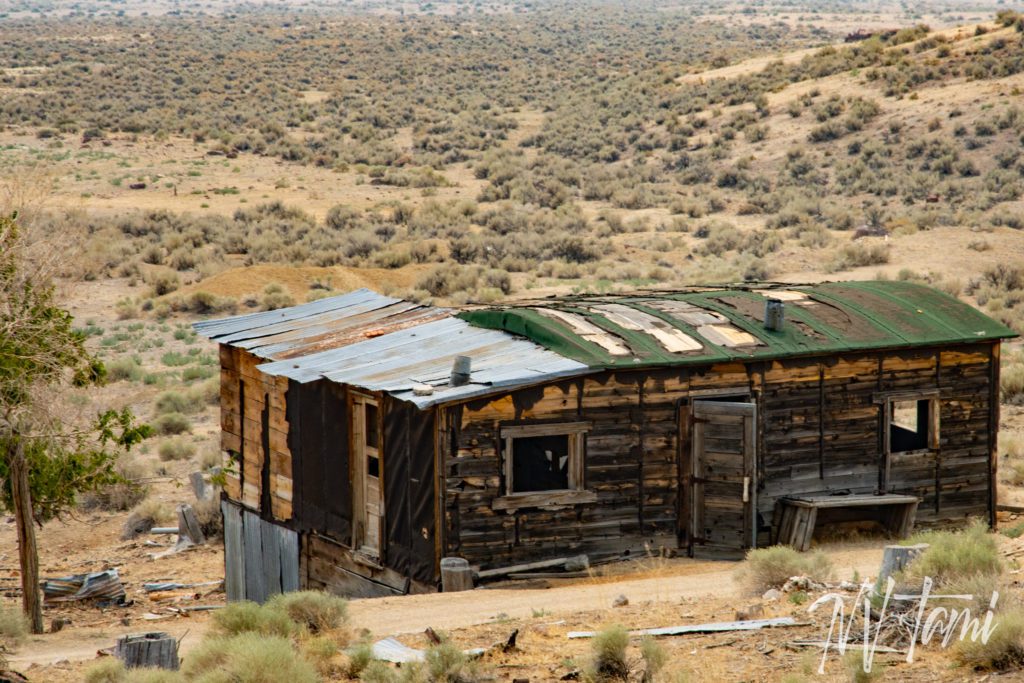
The Freidman Mill and Deep Tunnel cost $3 million. During this time, the Seven Troughs Mining Districts’ production was $807,495.
Ruins
Tunnel Camp has some of the most extensive remains for a Nevada ghost town.
Freidman Mill Office
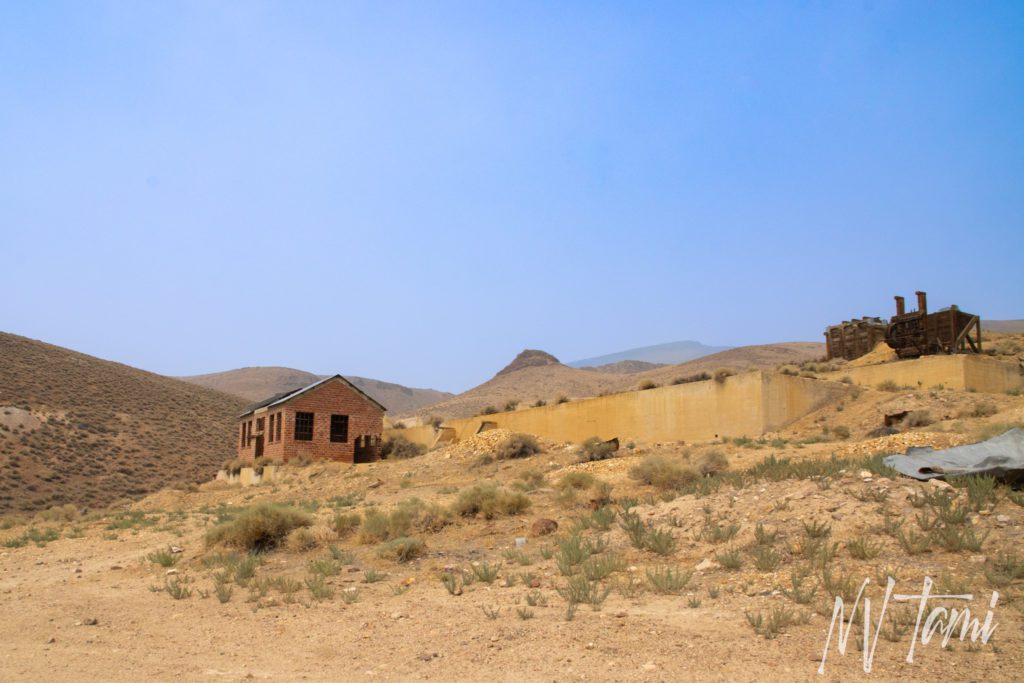
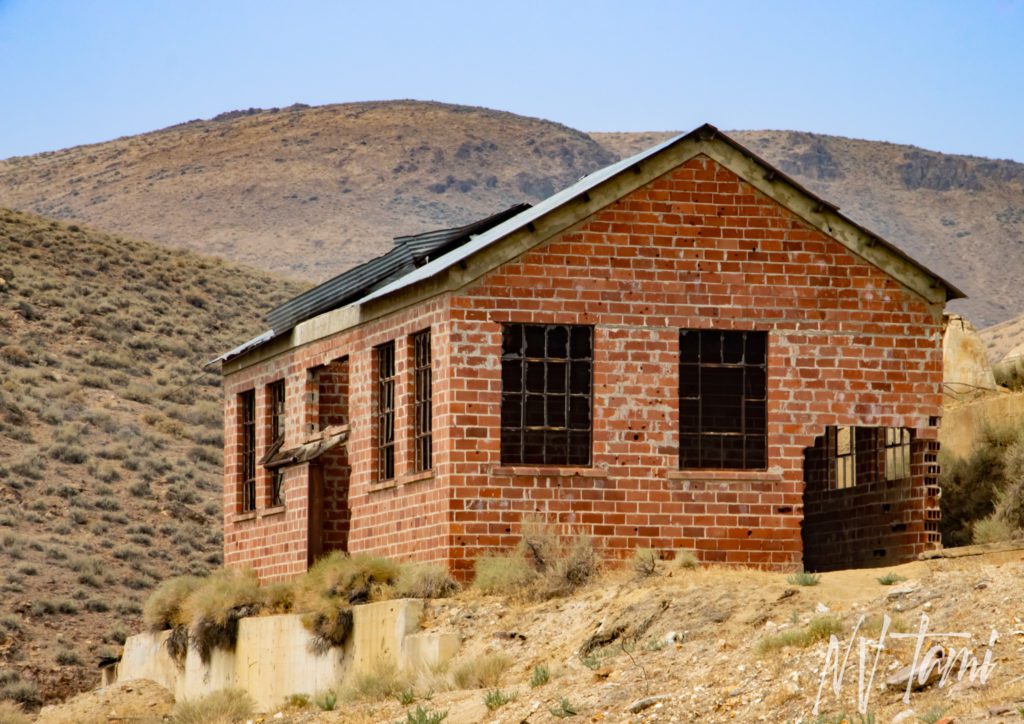
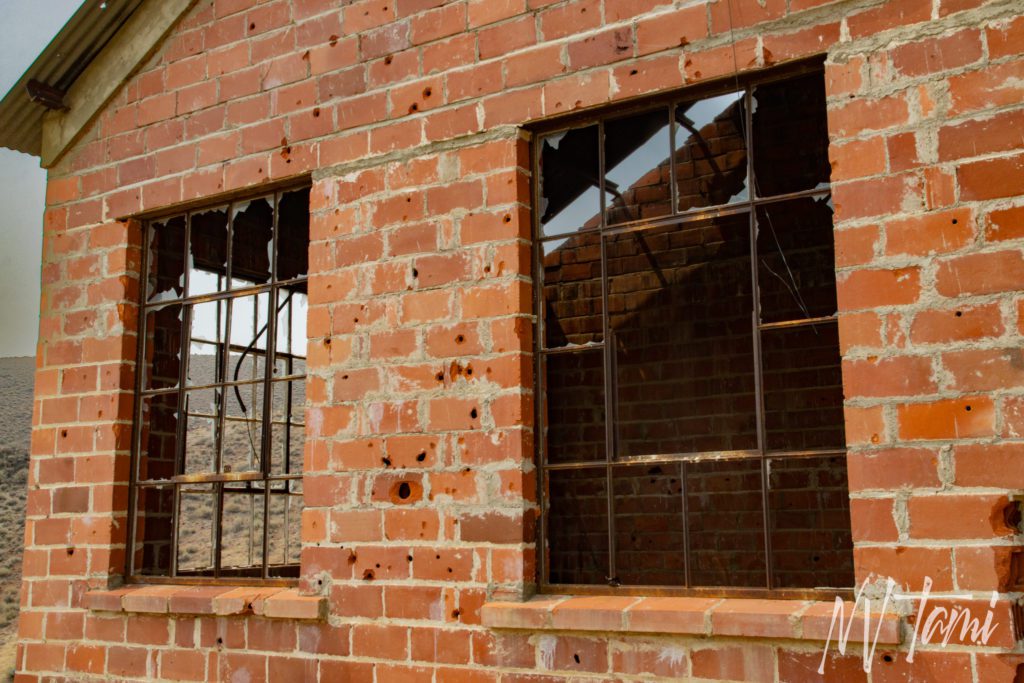
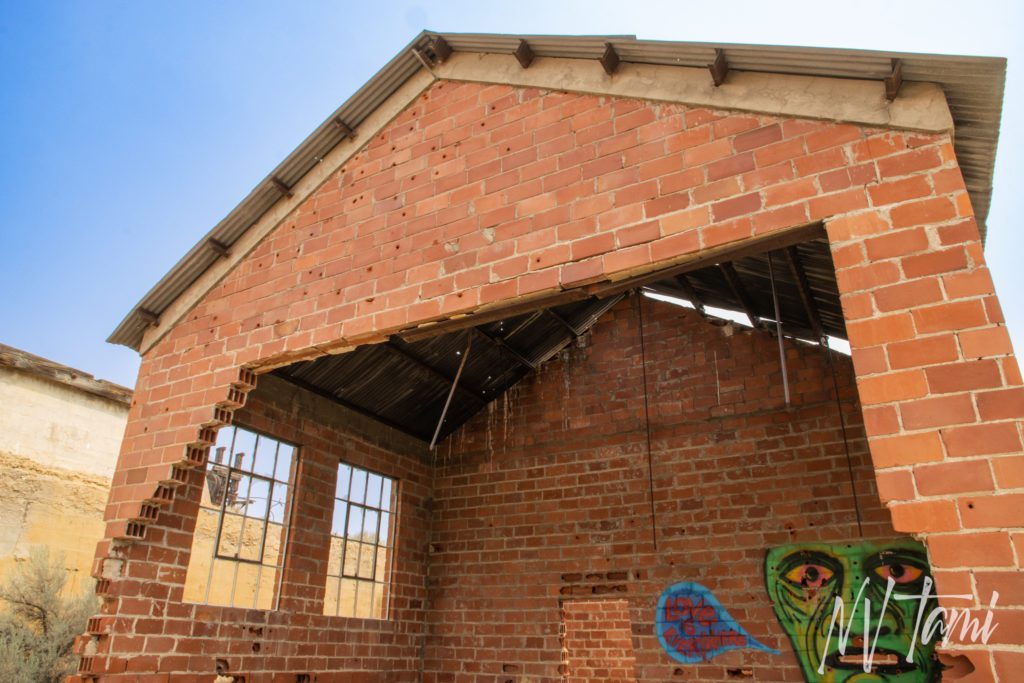
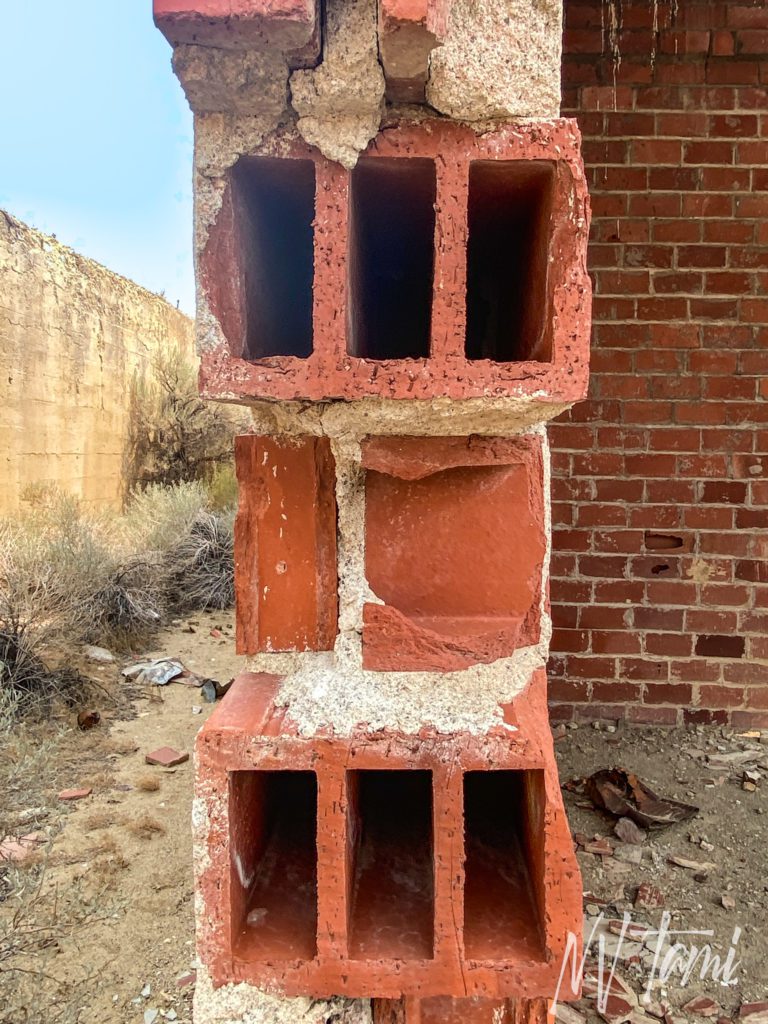
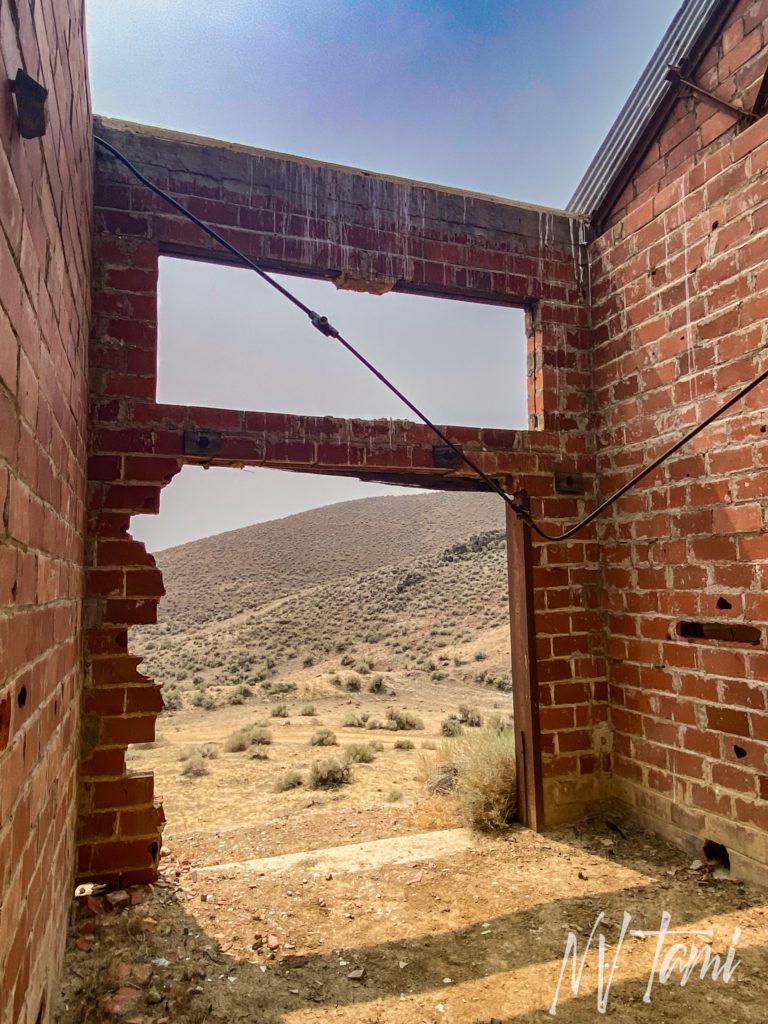
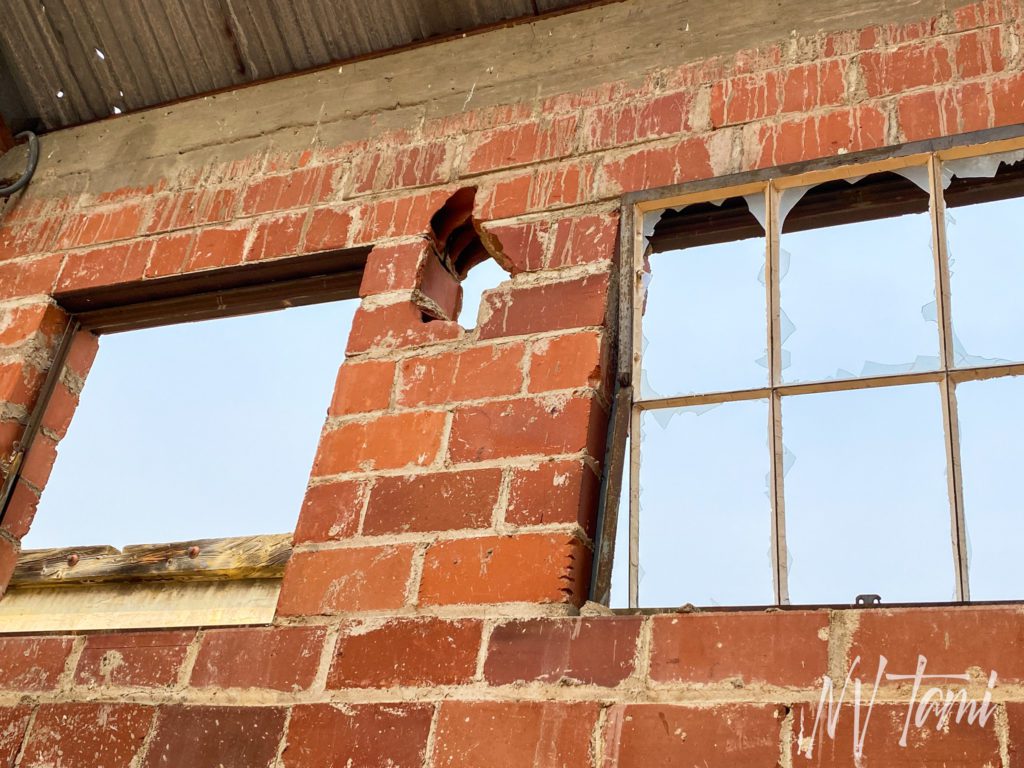
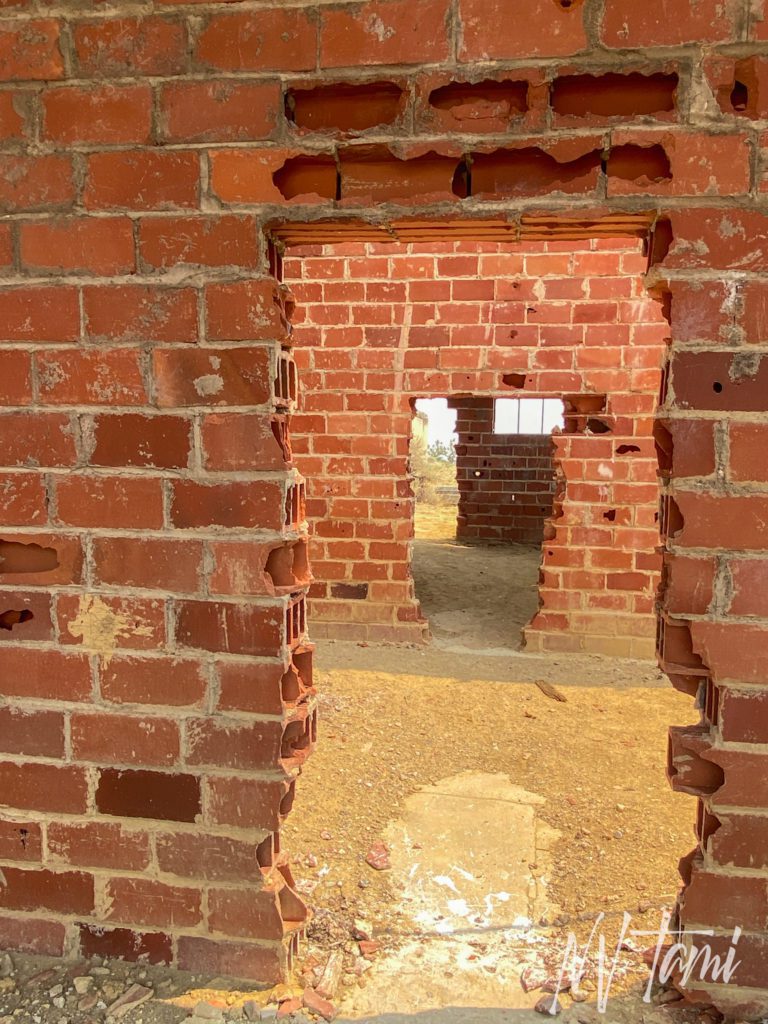
Five-Stamp Mill
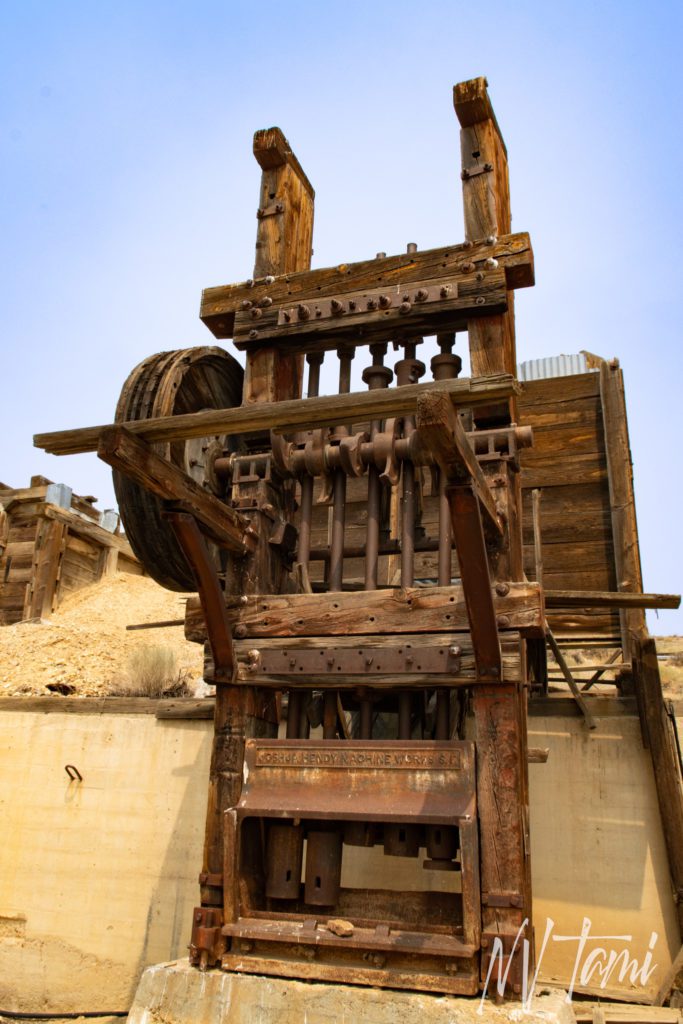

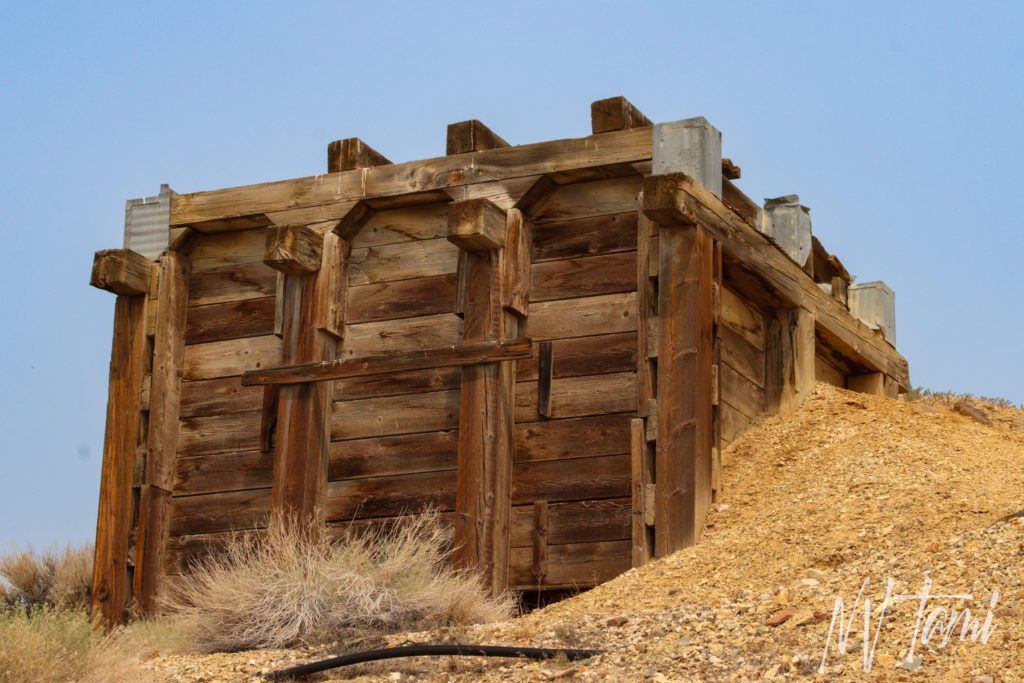

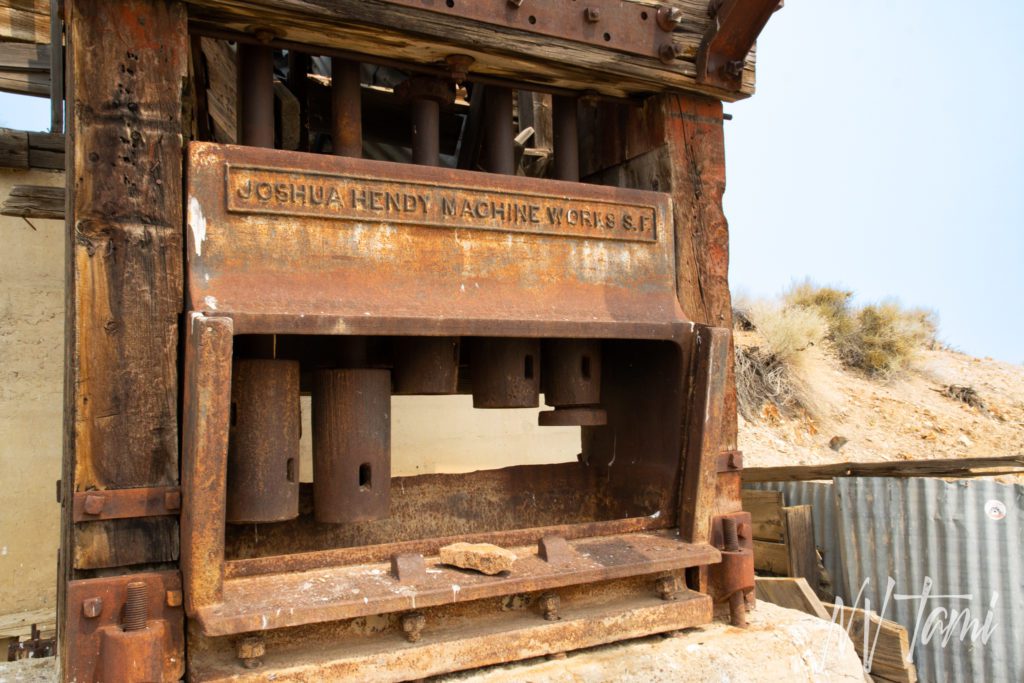
Tunnel Camp Buildings
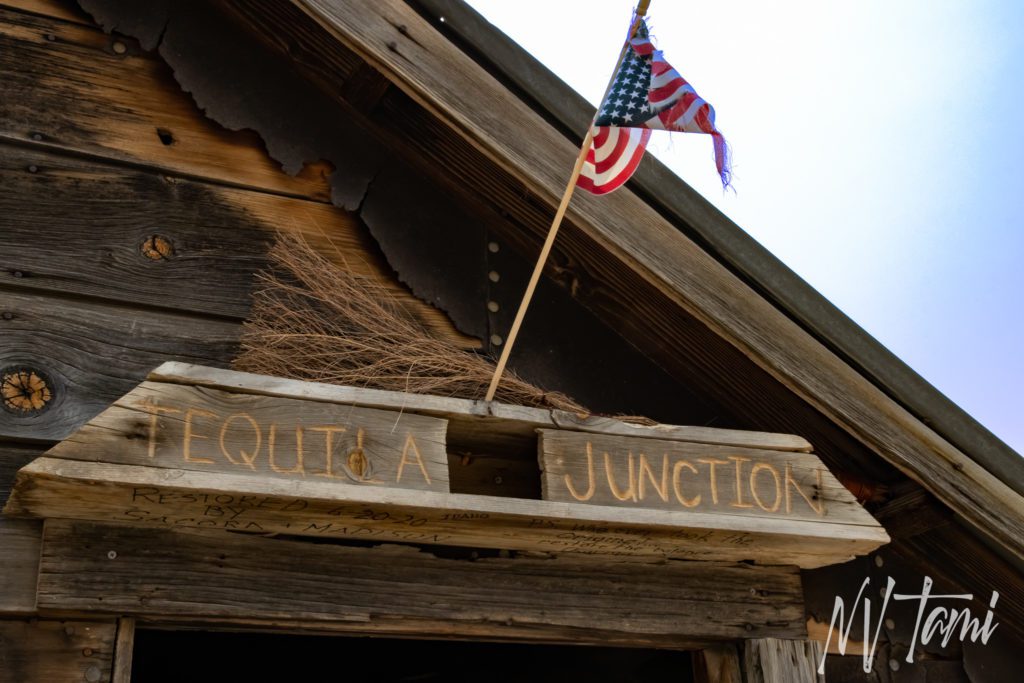
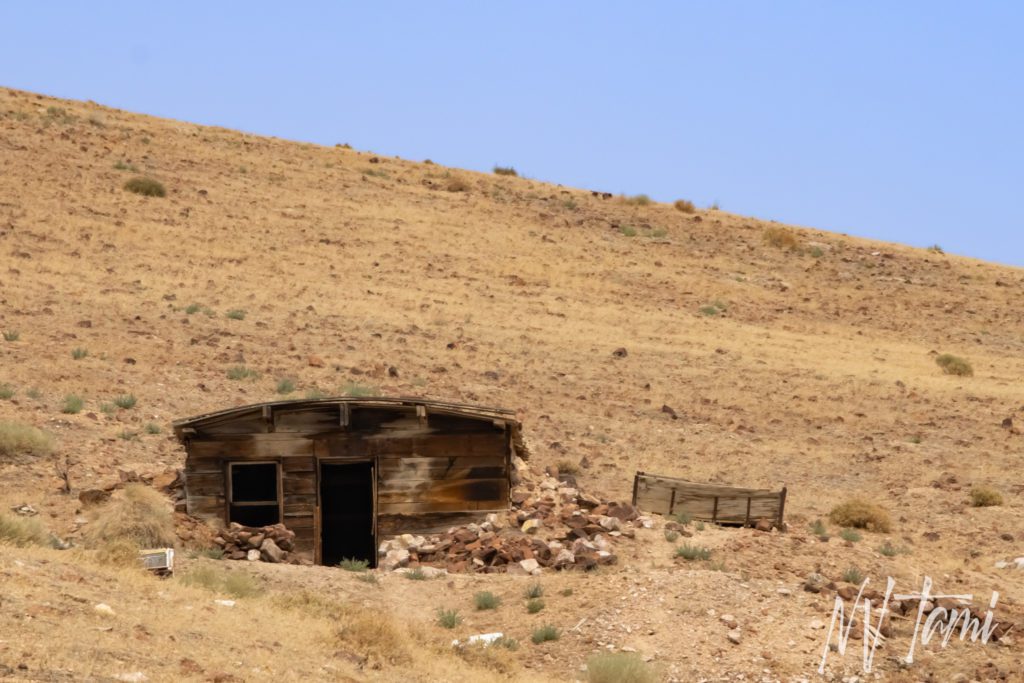
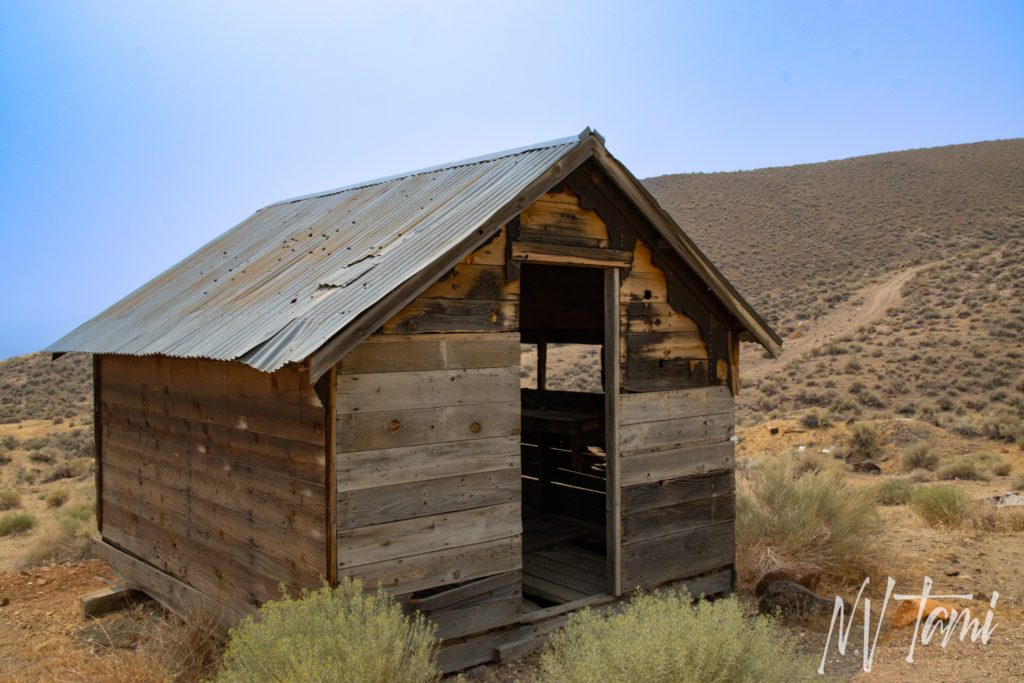
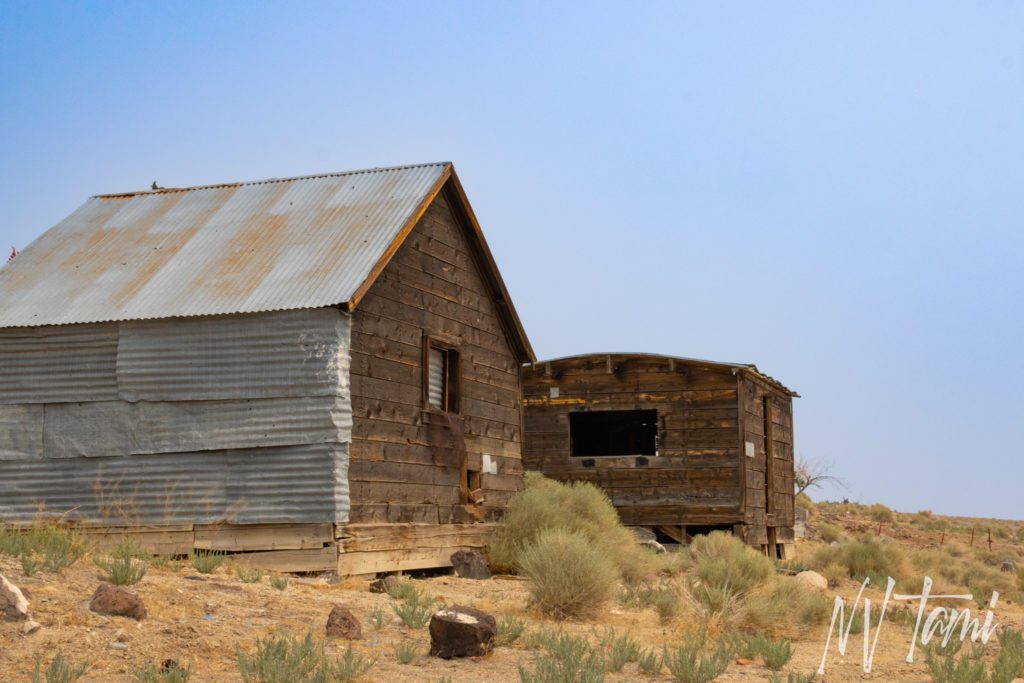

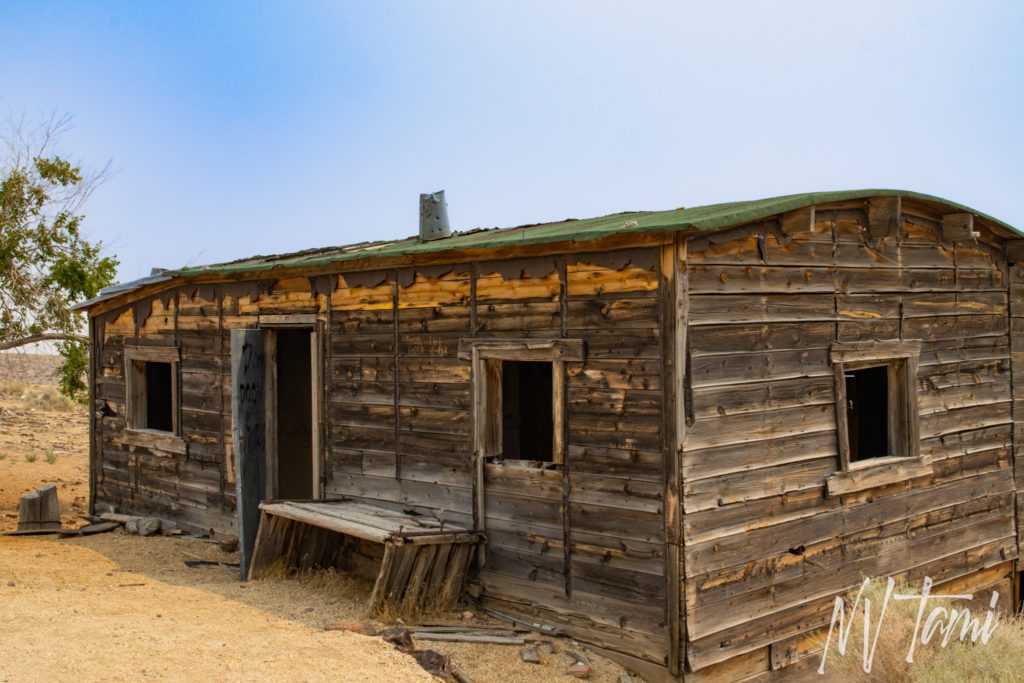

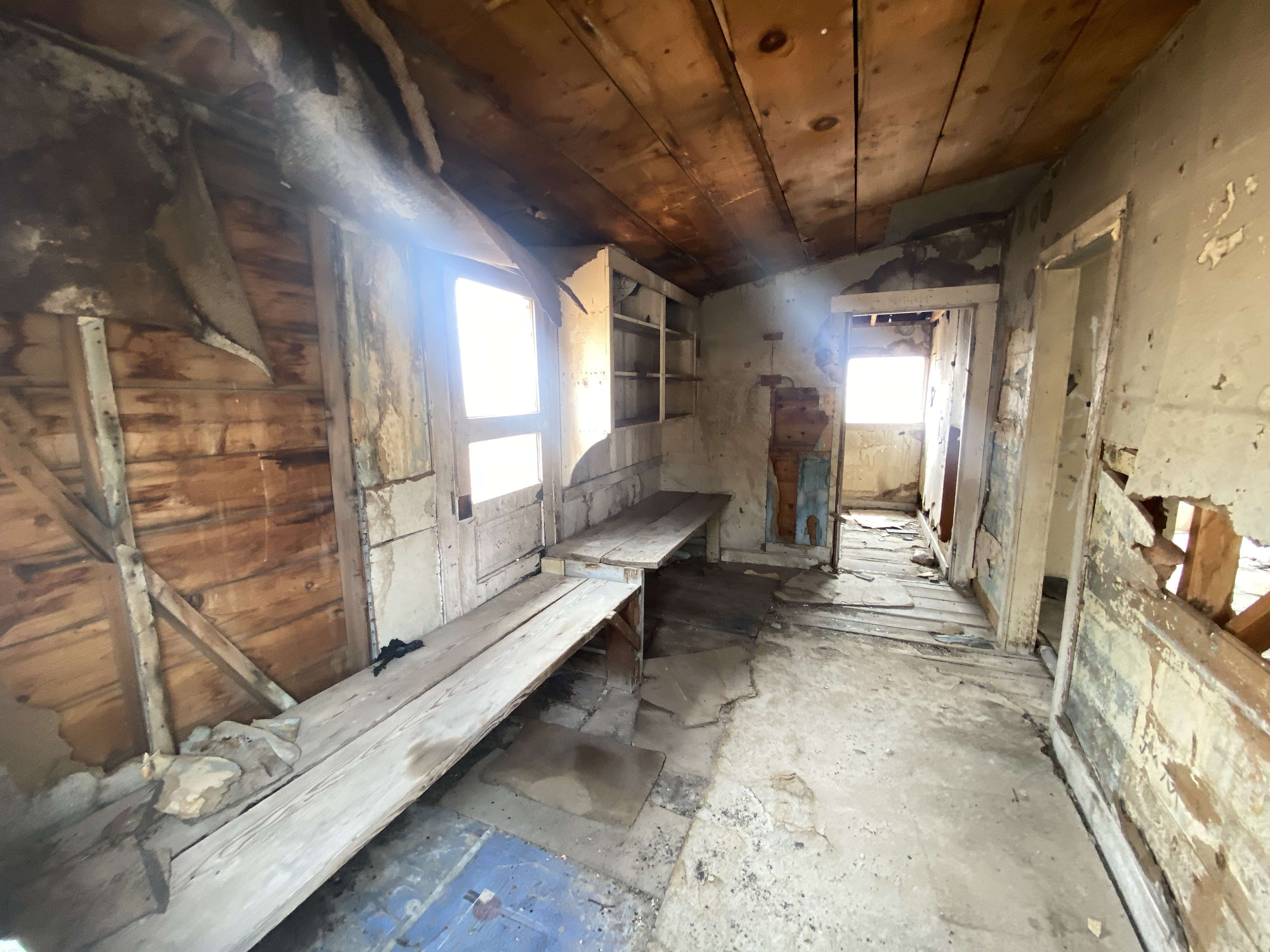

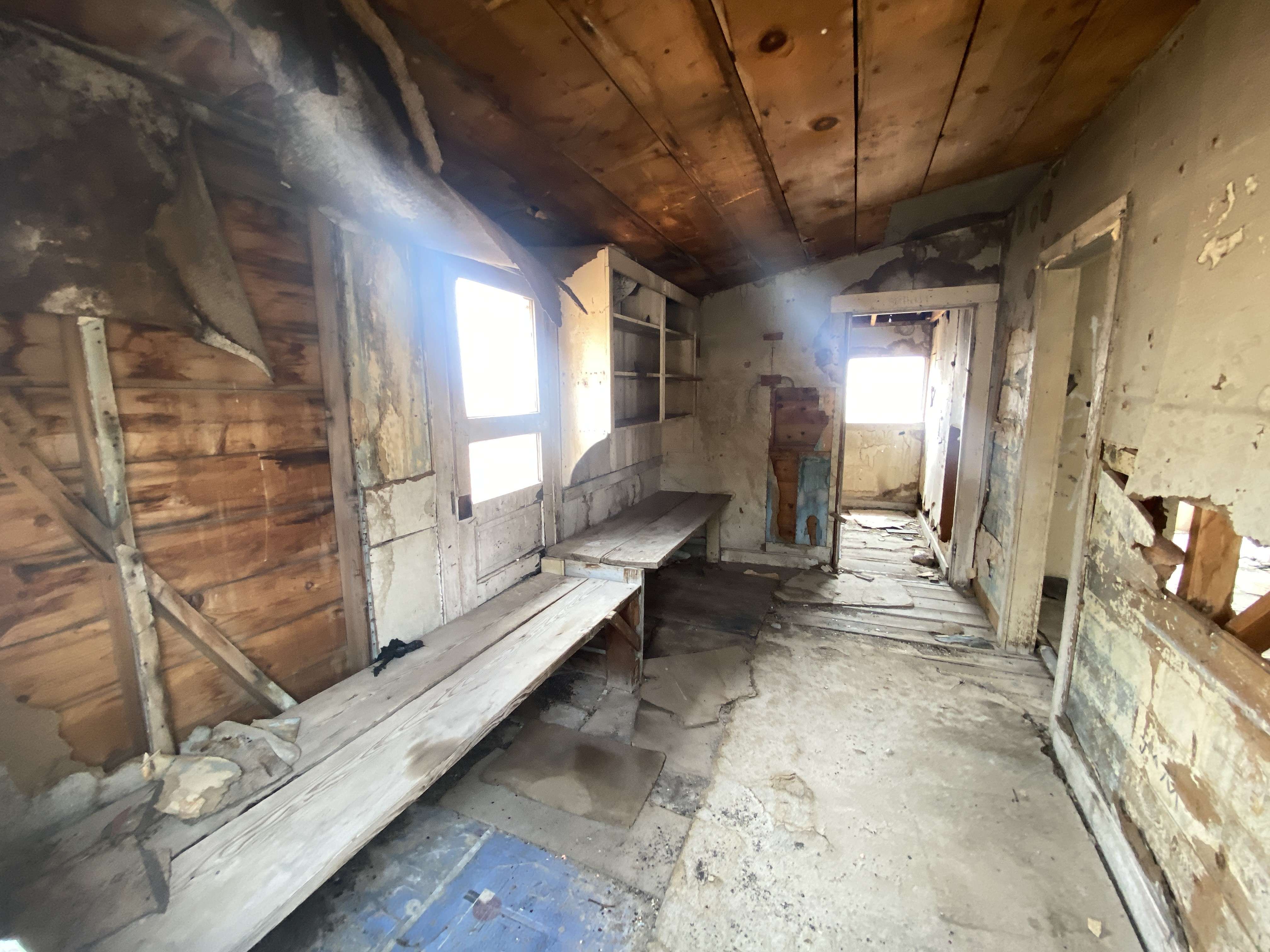
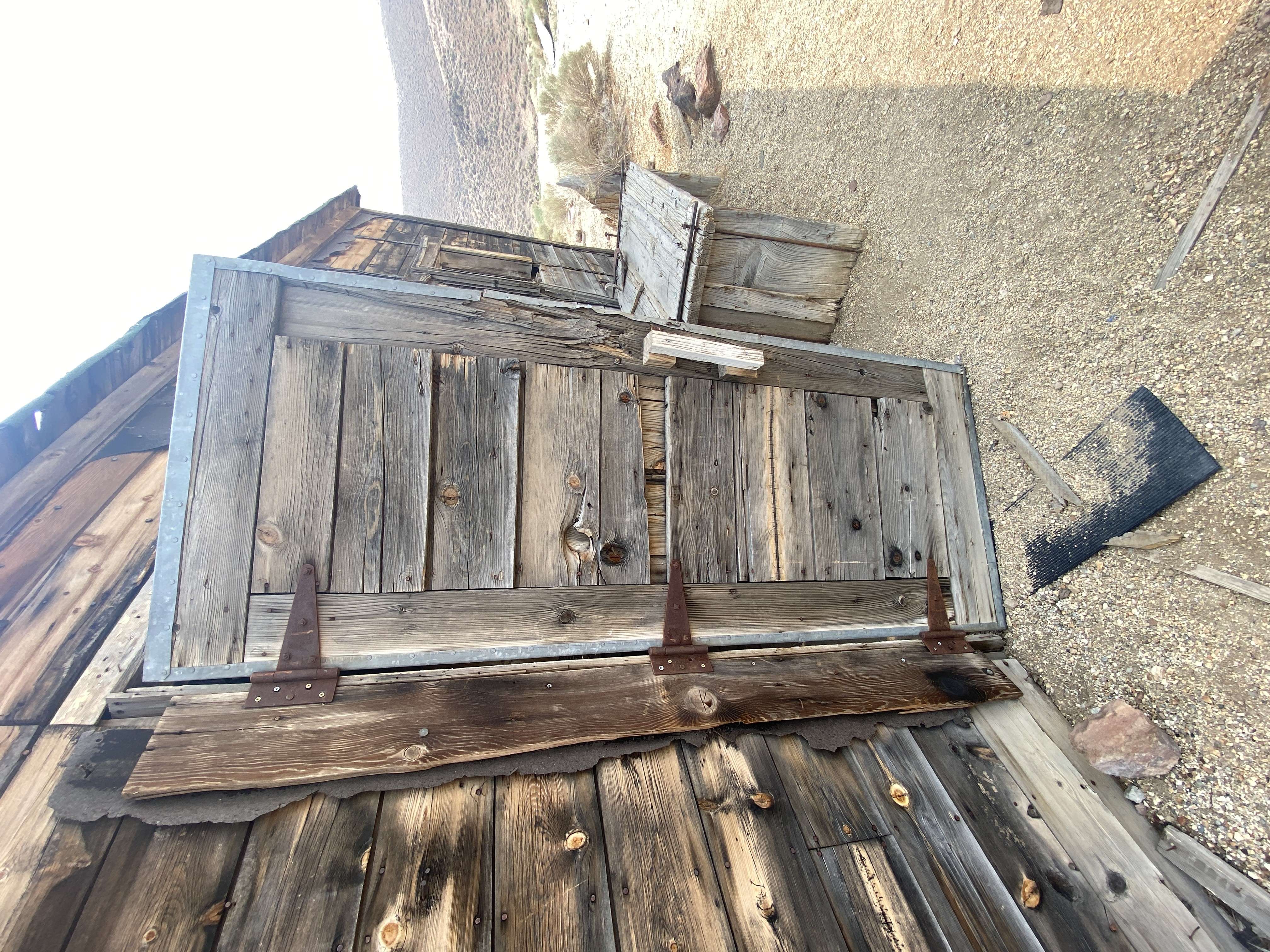
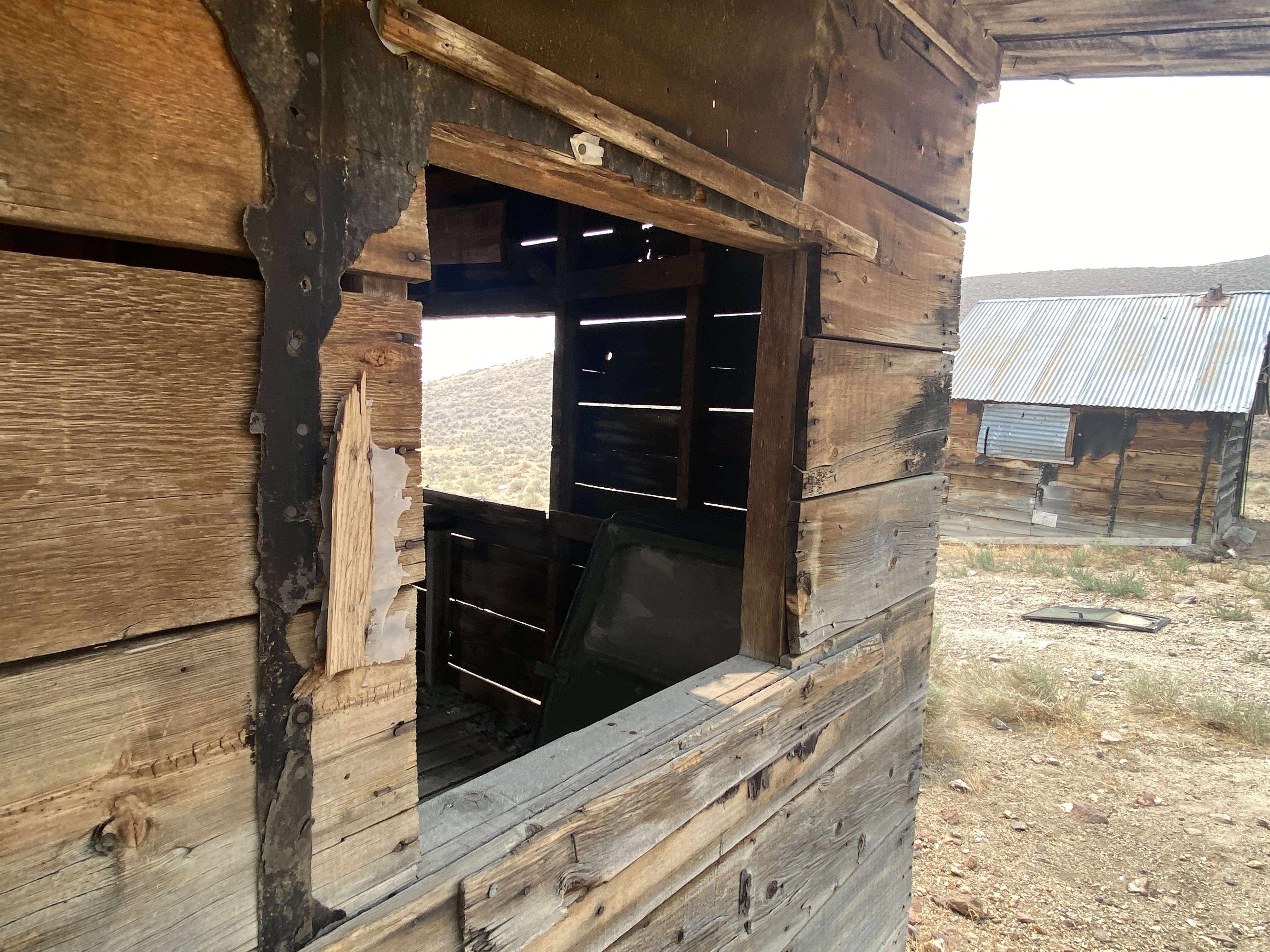
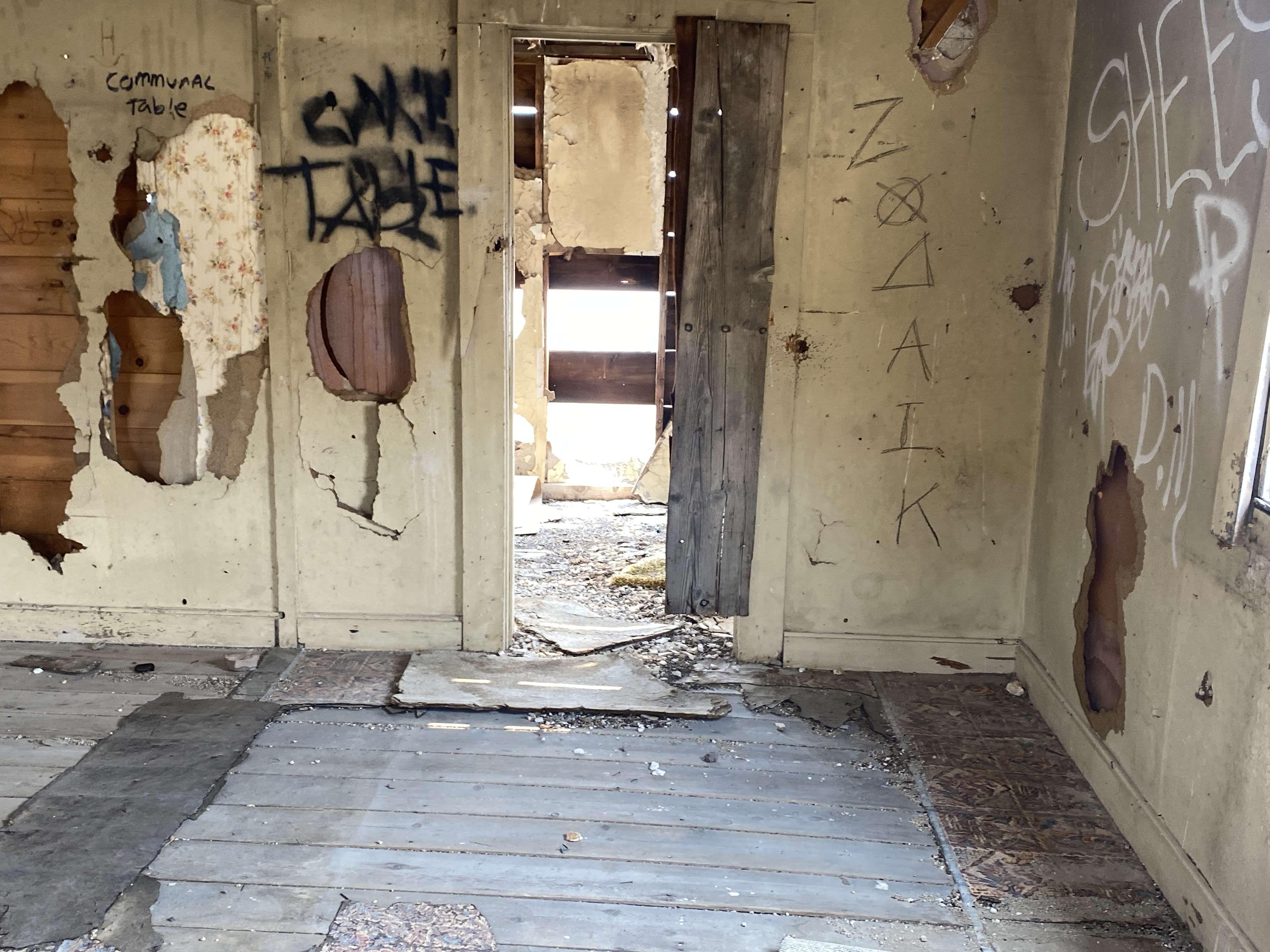
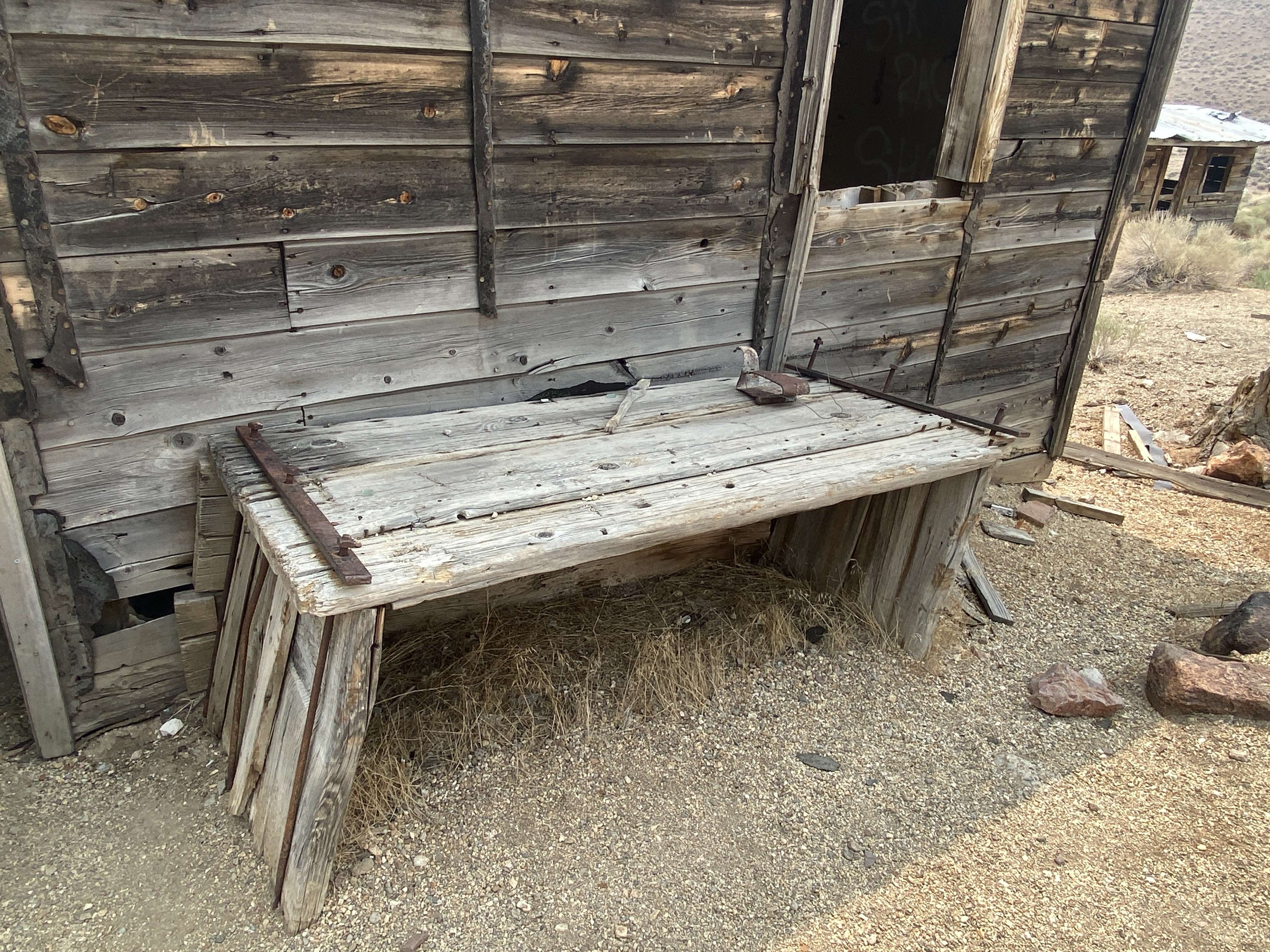
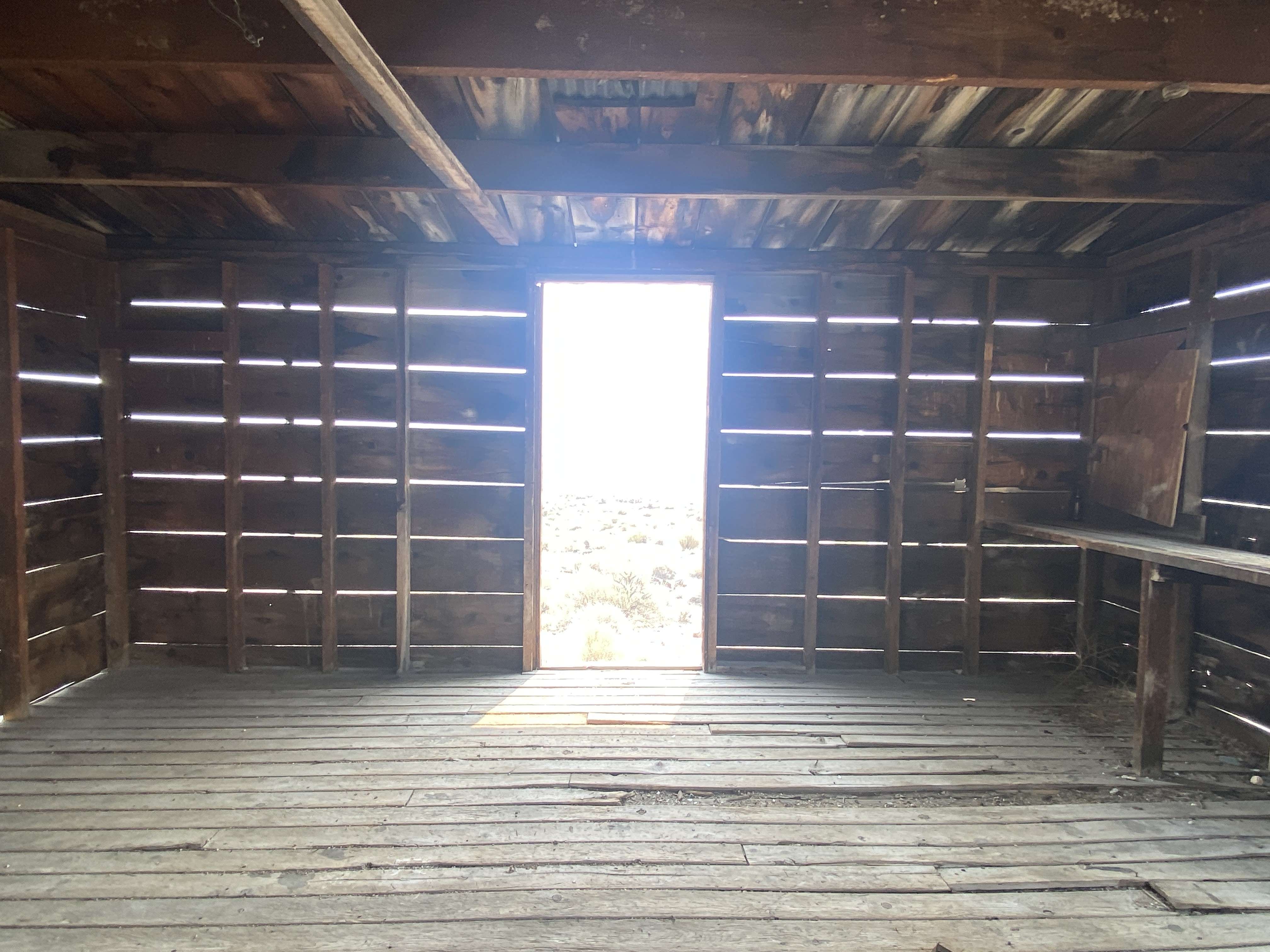
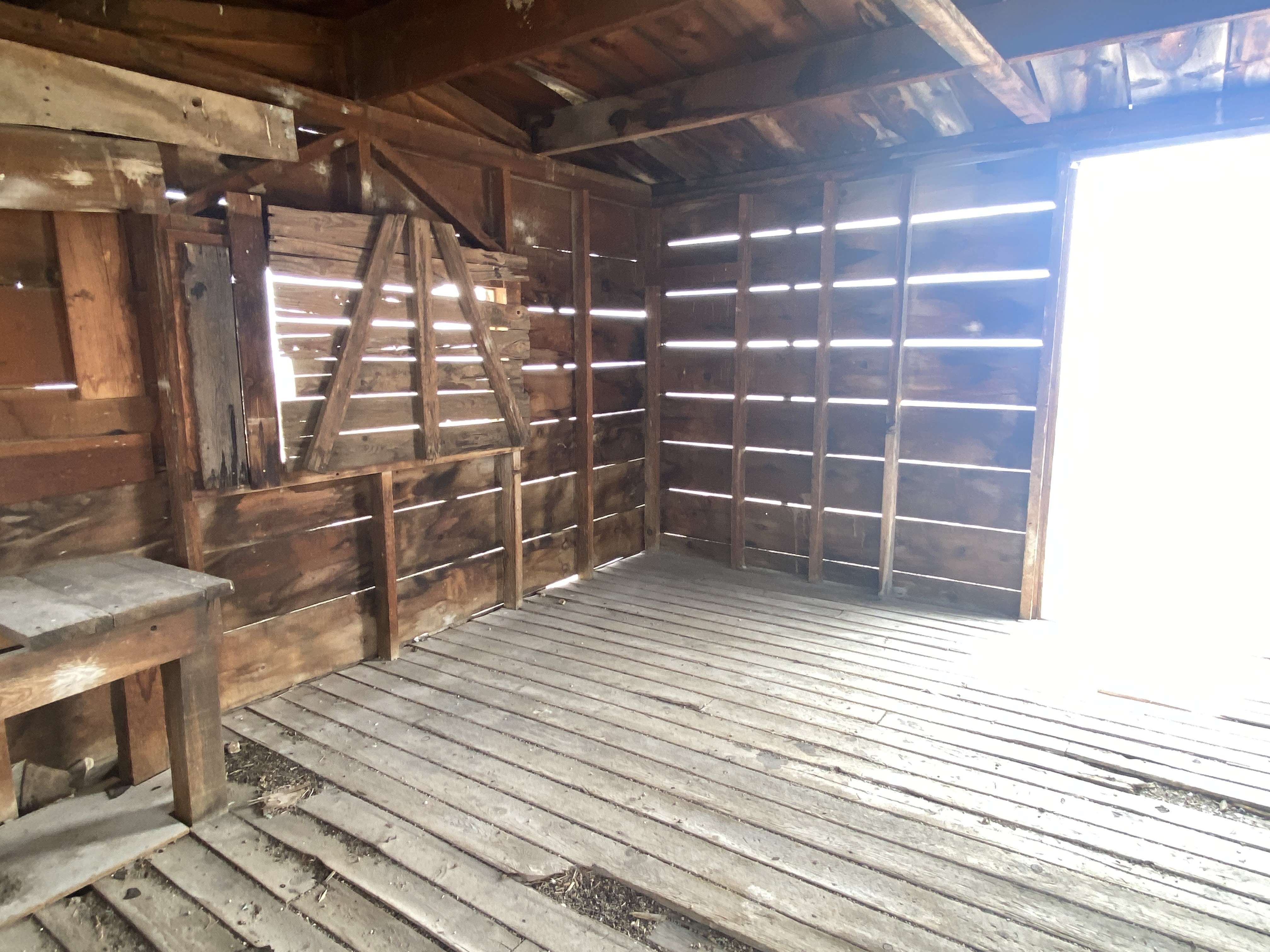
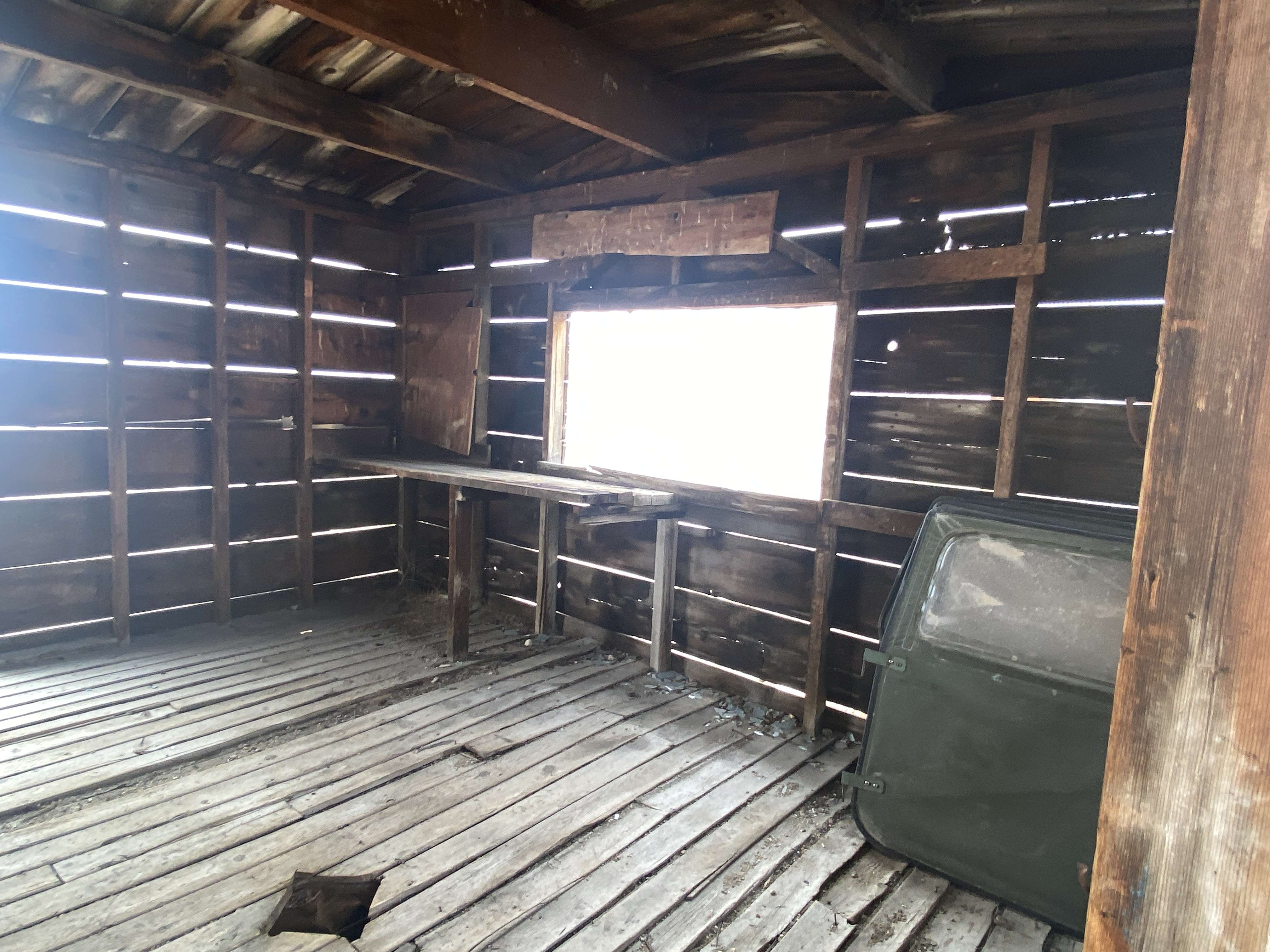
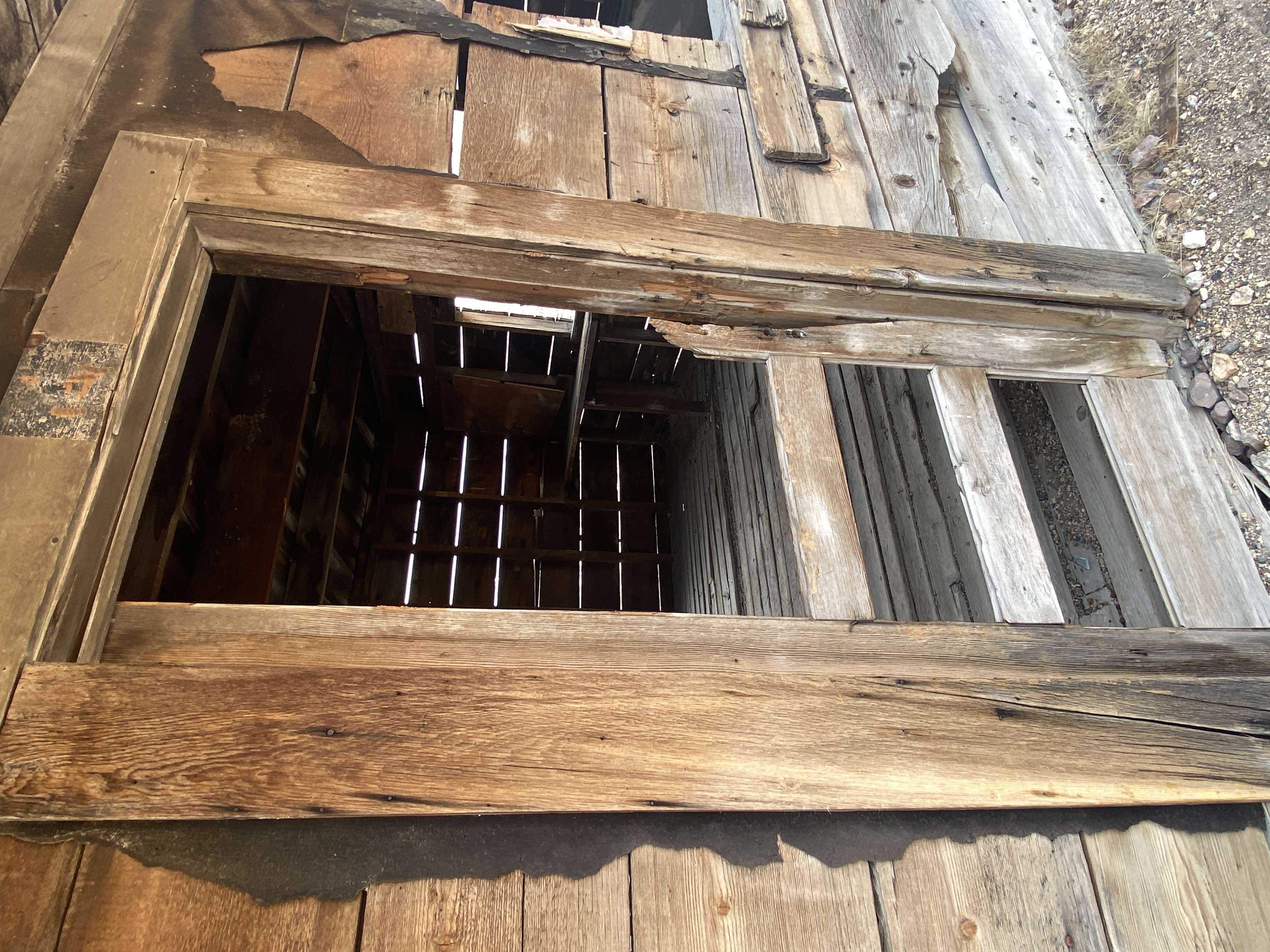

“Door Doom”
Freidman Mill Foundation
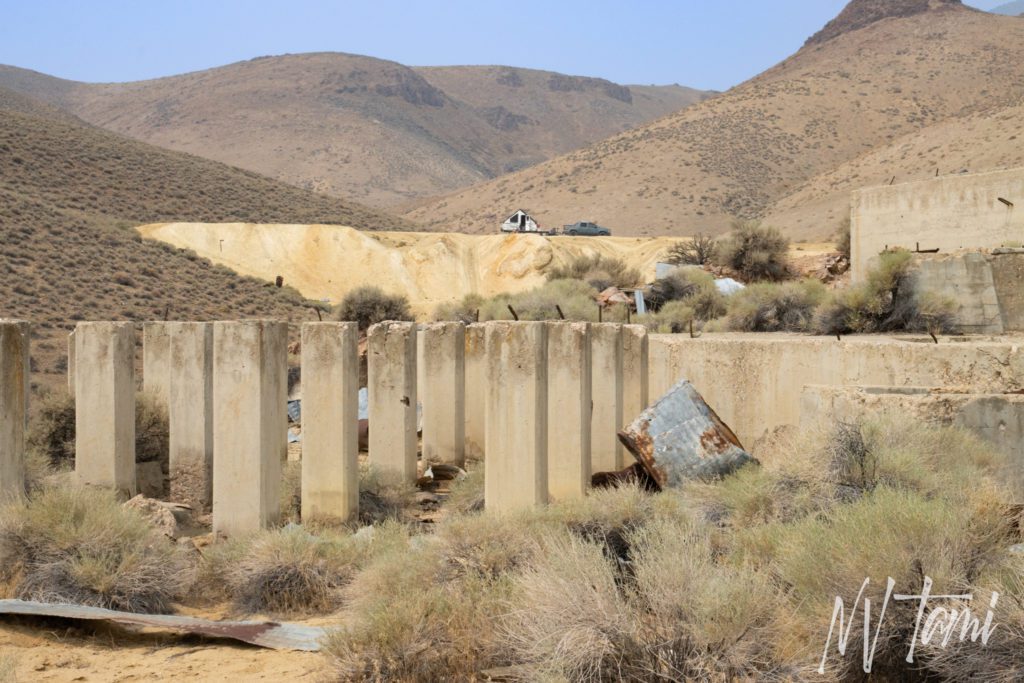
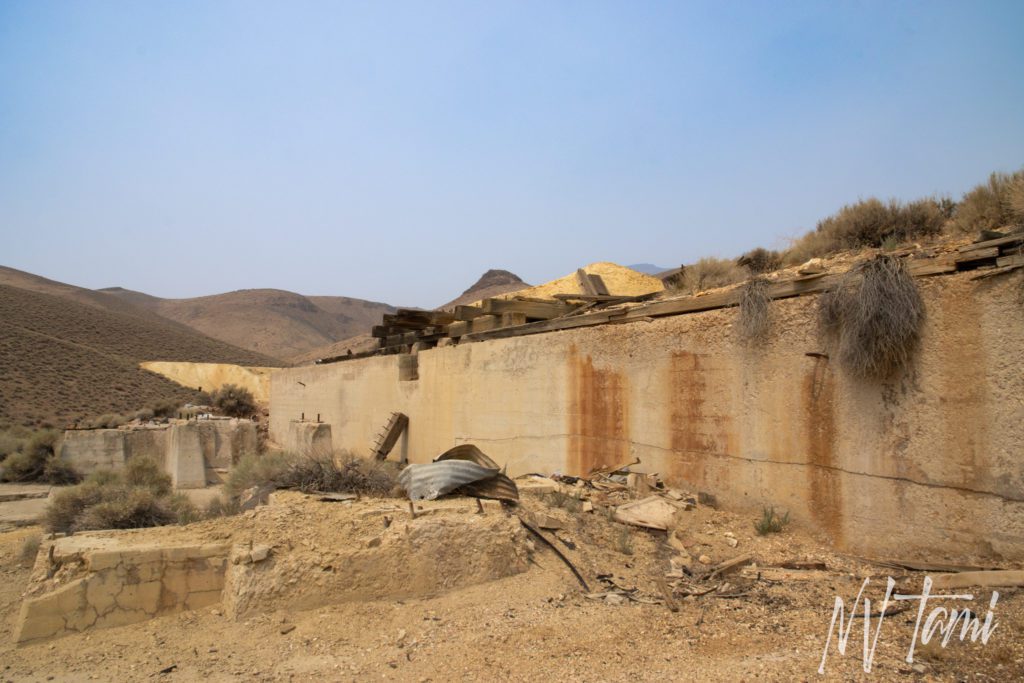
Mazuma
Next to Tunnel Camp sits a cemetery lighted with miners’ lanterns. The cemetery belongs to the ill-fated town of Mazuma.
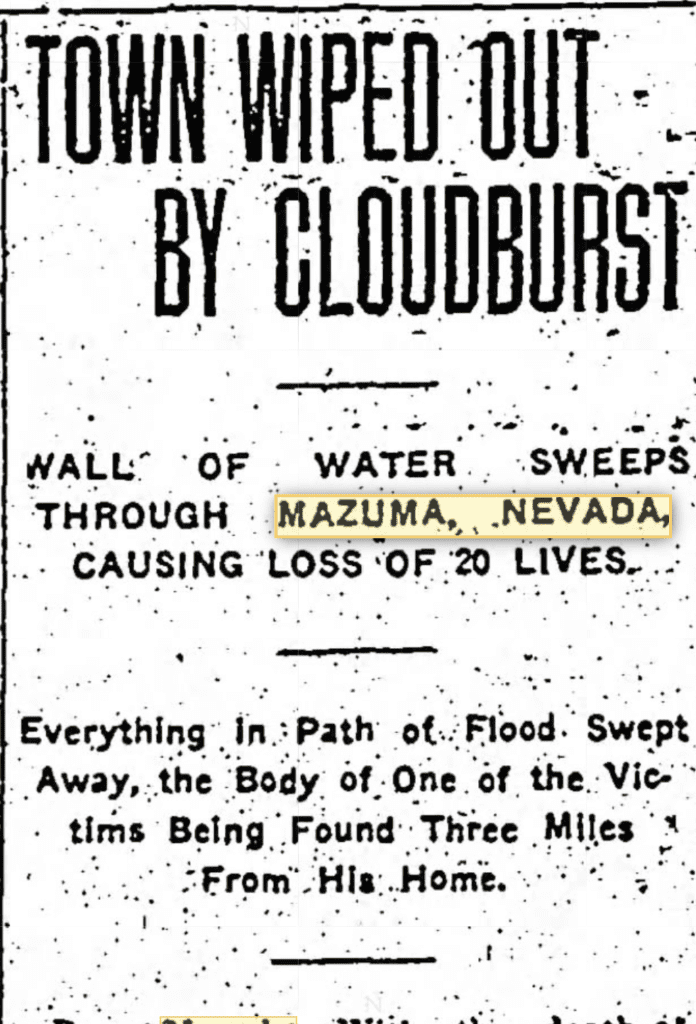
Two miles up Seven Troughs Canyon from Tunnel Camp lay the town of Mazuma. Mazuma was a thriving town and had multiple mills, hotels, stores, newspapers, and professional offices.
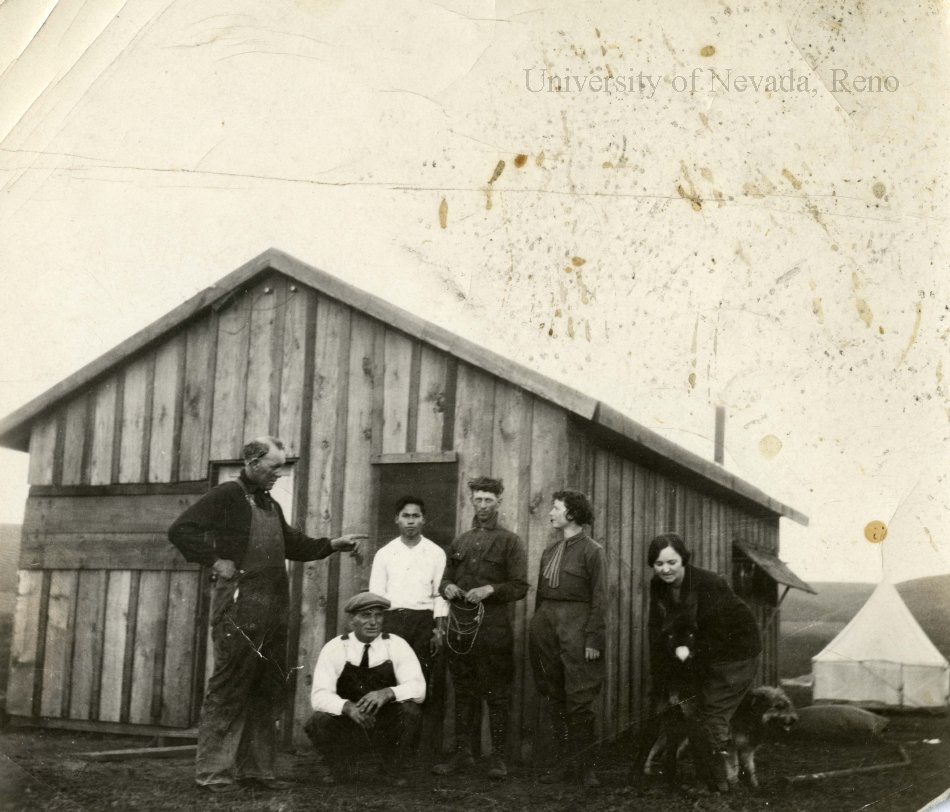
Mazuma Cabin destroyed by a flash flood
(Photo credit: UNR Libraries)
A large cloudburst hit the area on July 18, 1912. Sadly, nearby towns attempted to warm Mazuma, but the only word heard through the phone line was “water”. The resulting flash flood rushed down the narrow canyon, ripping mills and buildings from their foundations.
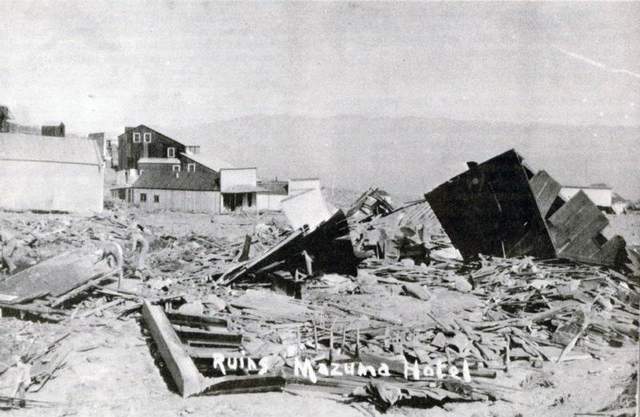
(Photo credit: Blackrock Desert Organization)
The little town set in the canyon had no hope of escaping the flash flood. Sadly, many lost their lives, including four children. One victim’s body was swept four miles from his home. The cemetery next to Tunnel Camp is the final resting place for victims of the flood.
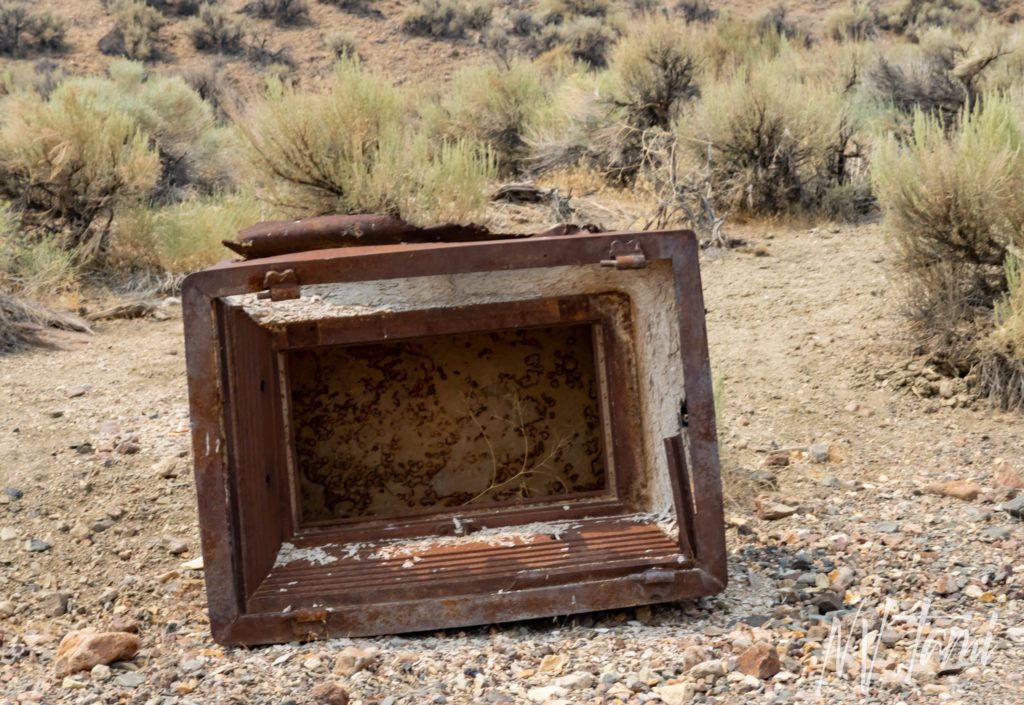
One of the remaining pieces of Mazuma is a safe that was washed down the canyon.
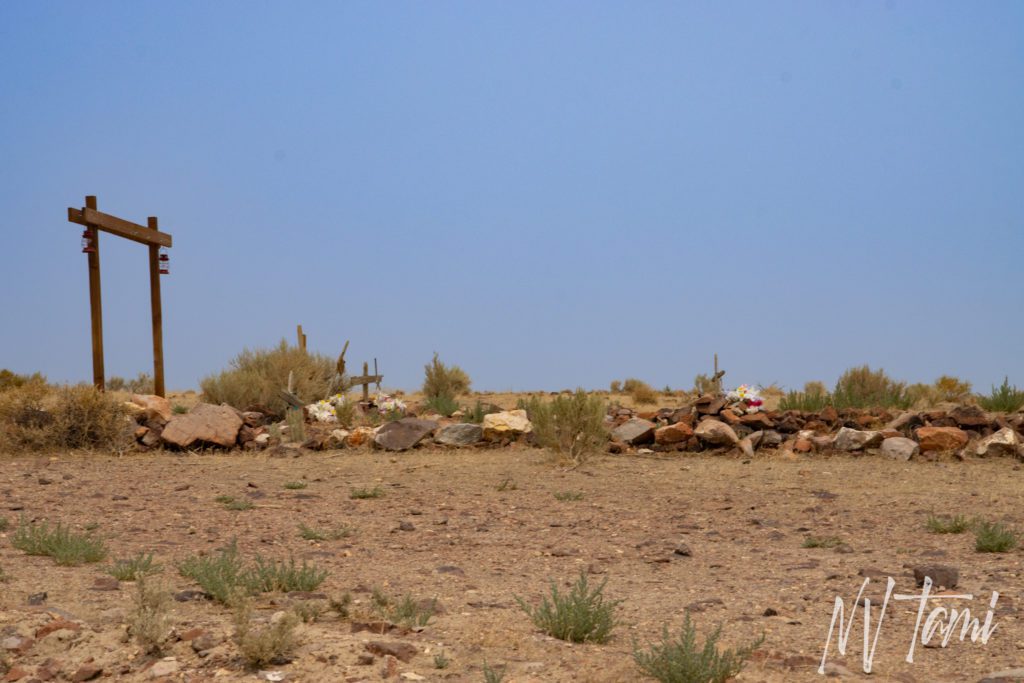
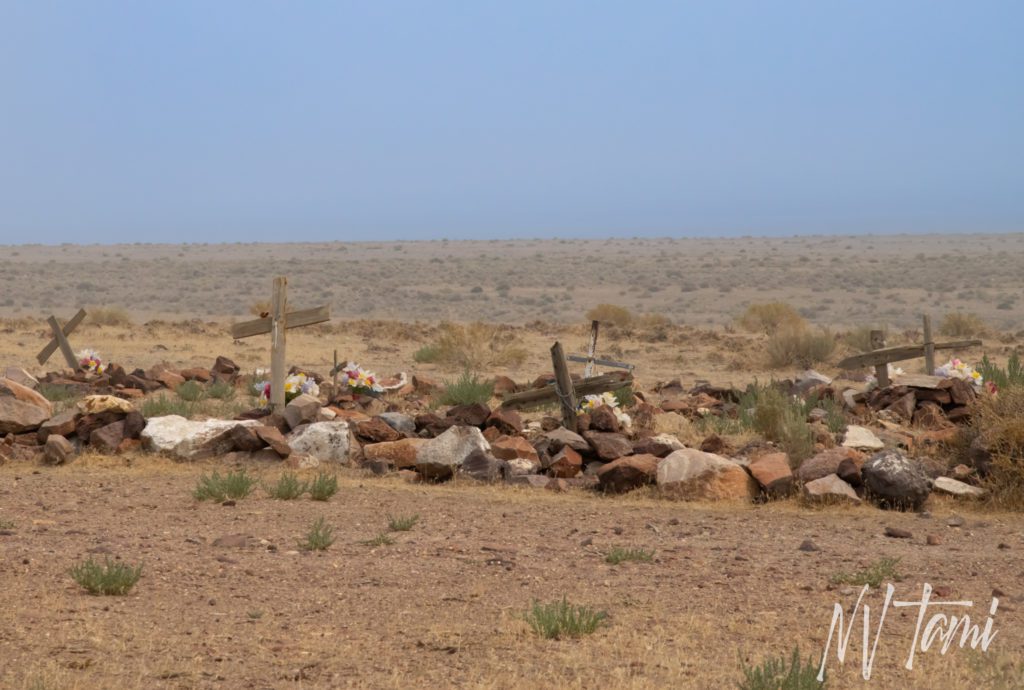
8-7-2021
References
- Carlson, Helen S. Nevada Place Names: A Geographical Dictionary. University of Nevada Press, 1974. Pages 165.
- Forgotten Nevada: Tunnel Camp
- Gamett, James and Stan Paher. Nevada Post Offices: An Illustrated History. Nevada Publications, 1983. Pages 116, 91.
- Ghosttowns.com:
- Lincoln, Francis Church. Mining Districts and Mineral Resources of Nevada. Stanley Paher, 1982. Pages 216-217.
- Nevada Appeal: Tunnel Camp boasts short life but long history
- Nevada Exeditions: Tunnel Camp
- Paher, Stanley. Nevada Ghost Towns and Mining Camps. Nevada Publications, 1970. Page 115-121.
- Paher, Stanley. Nevada Ghost Towns and Desert Atlas. Nevada Publications, 2009. Pages 34.
- Wikipedia: Company Town
Want even more ghost towns?
For information on more than three hundred ghost towns in Nevada, visit Nevada Ghost Towns Map, or Nevada Ghost Towns.
Follow me on social media:
Steve Knight says
Great interesting researched article. Good background on flooded mines.
Tami says
Thank you, Steve, I never realized what an issue flooded mines could be.
Jared Aschenbach says
Great work on this article. I had not seen the 1928/1930 photos of the mill and powerhouse before. That powerhouse is good sized building and it is dwarfed by the mill. I wish it was still standing.
Tami says
That would have been amazing. With these photos and a drone, I would like to get “Than and Now” photos.
Alex George says
Hi Tami, in 1990, I went with a party of historians from the Nevada State Museum on a day trip to the Seven Troughs Area. We stopped at Tunnel Camp, and there were several people living there, including a retired Electrical Engineer from Washington State. His name was AL. The others were in Lovelock buying supplies. It was a interesting day trip!
Tami says
That sounds like an amazing trip!